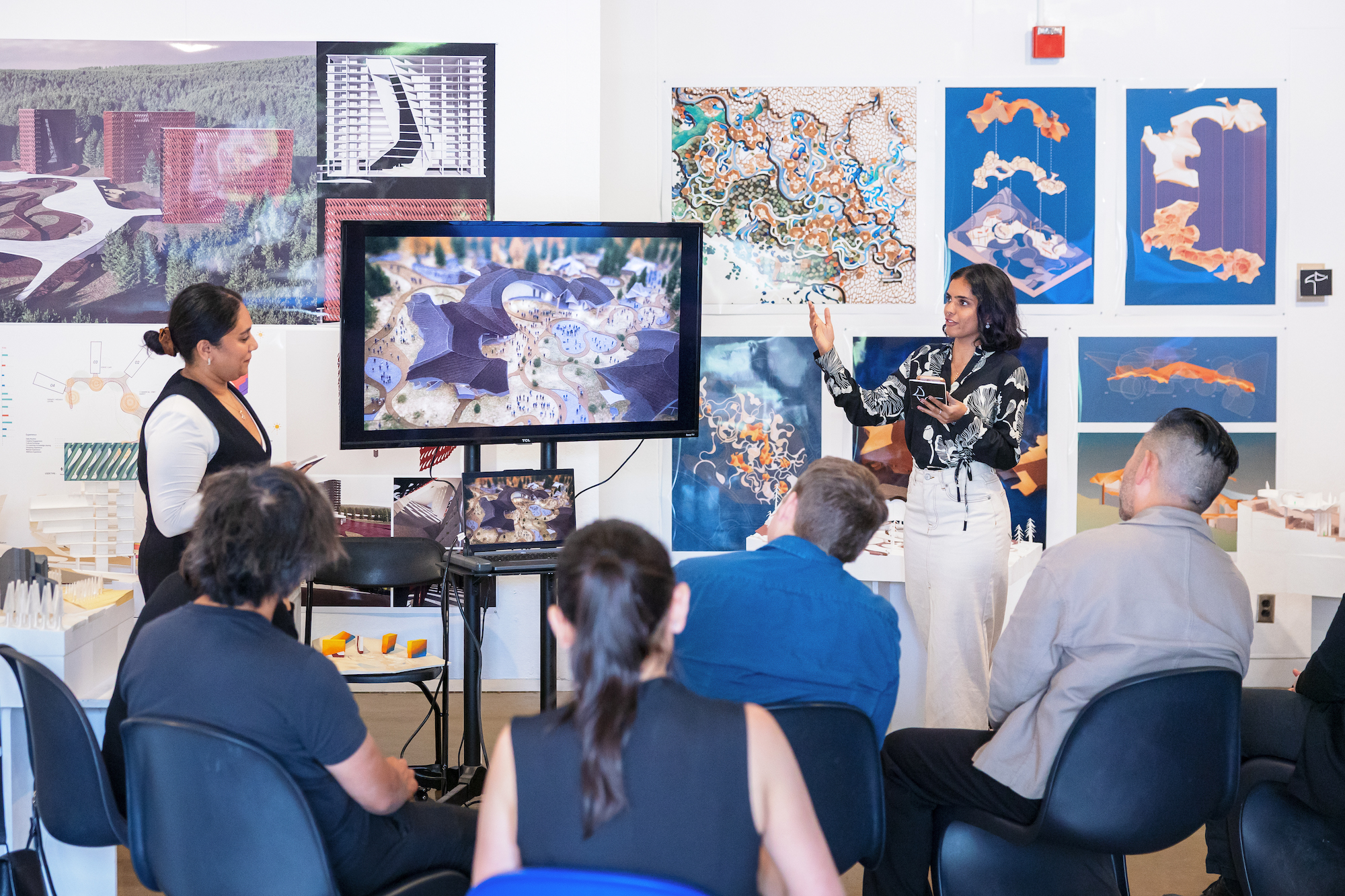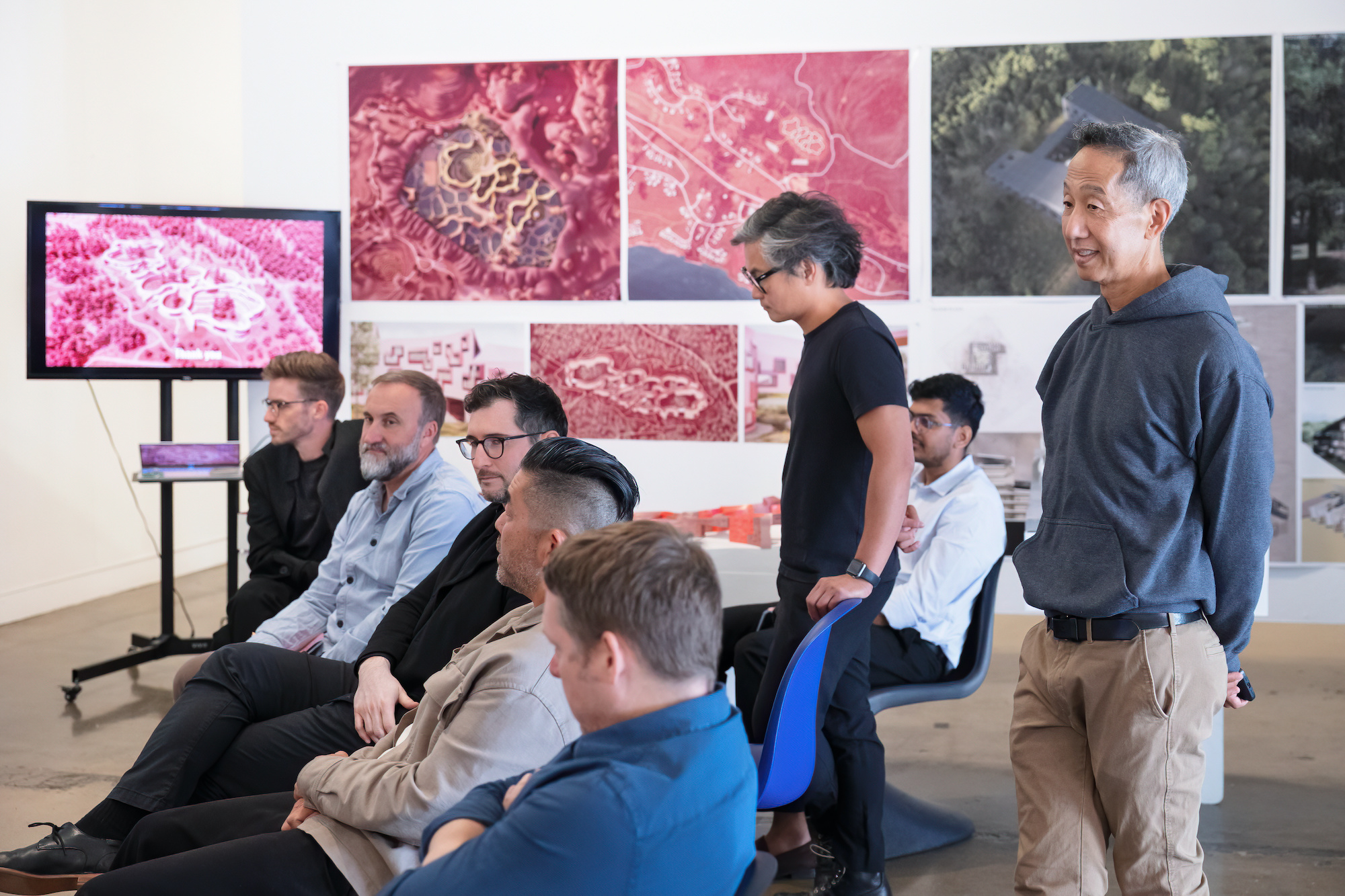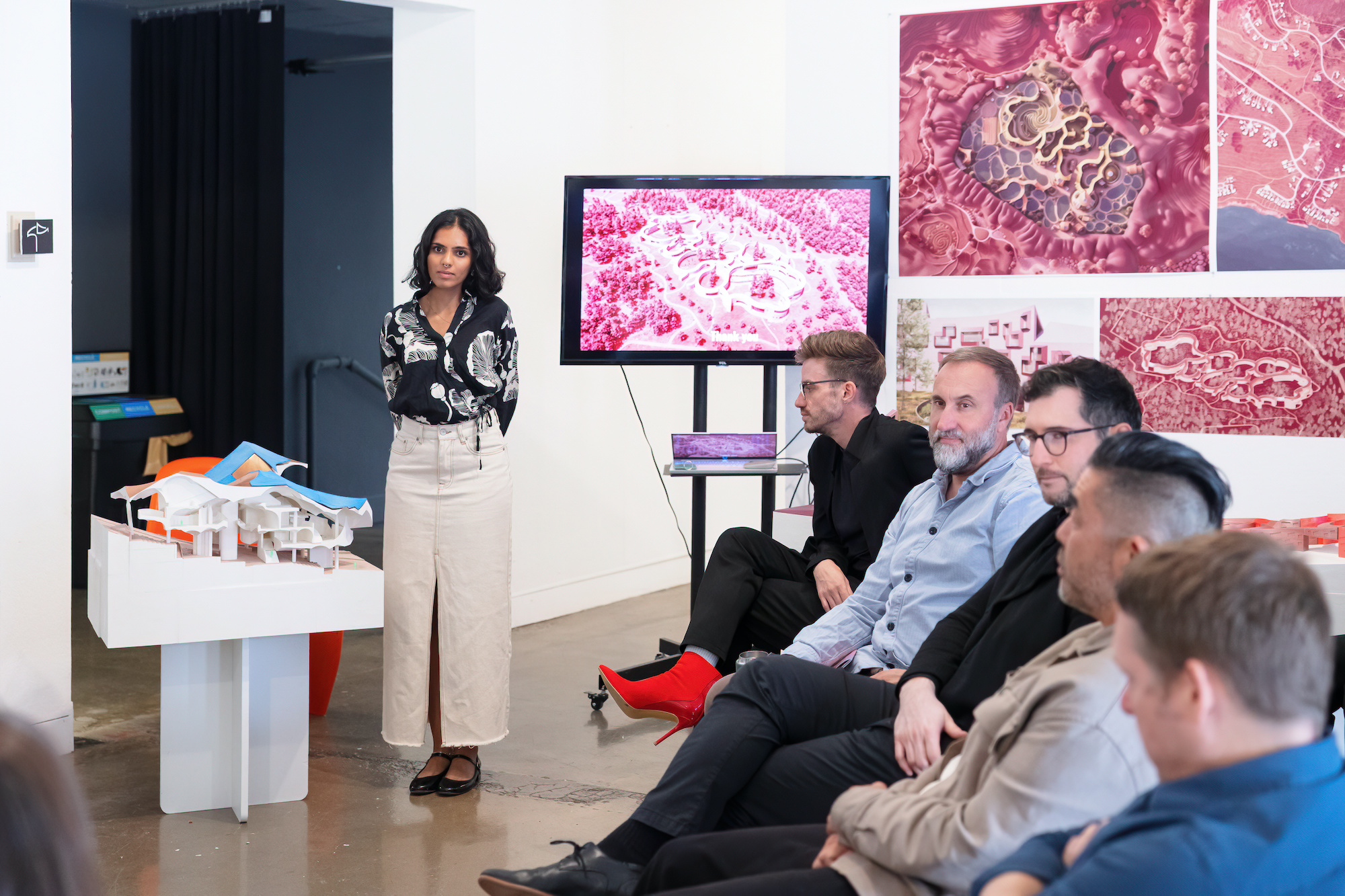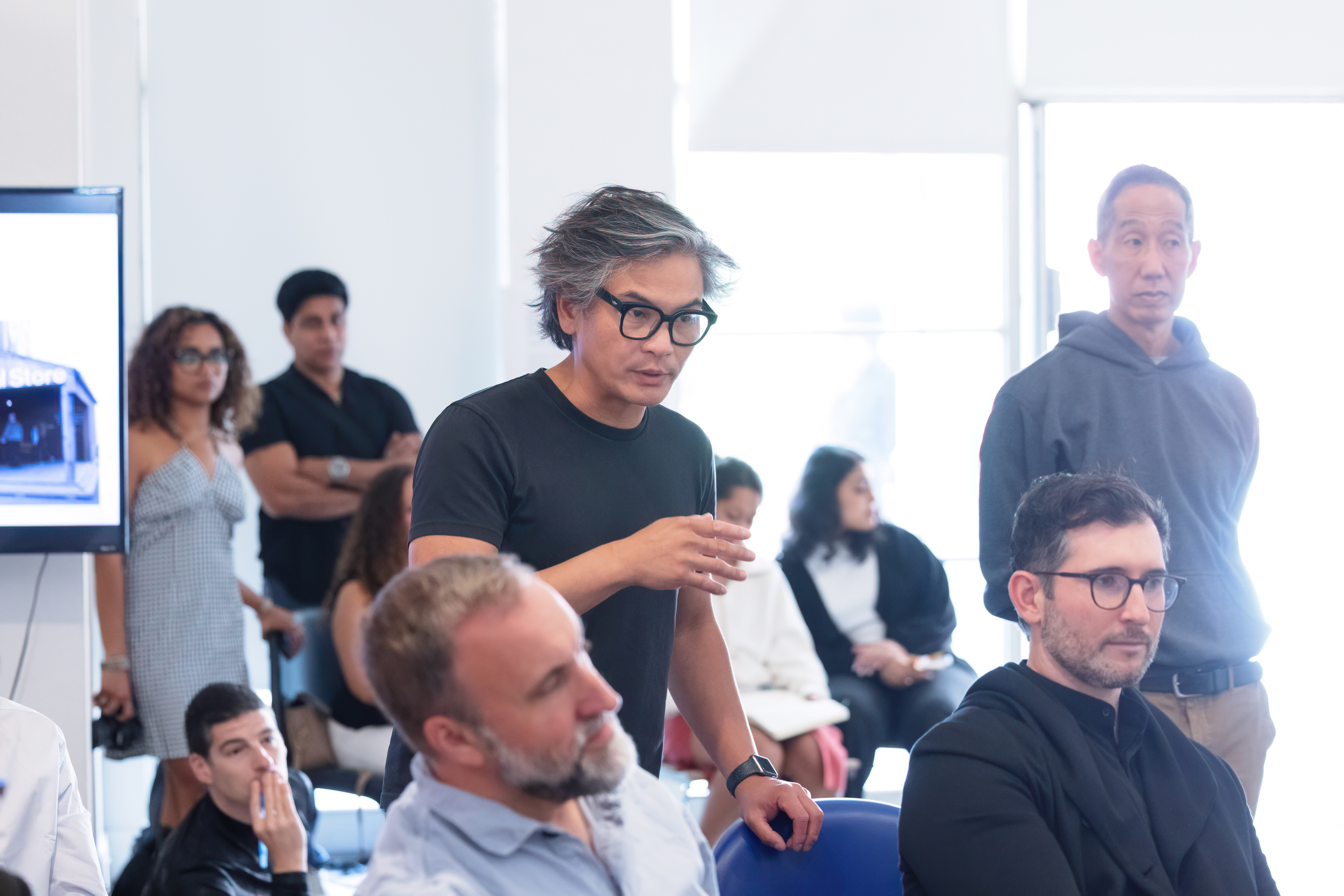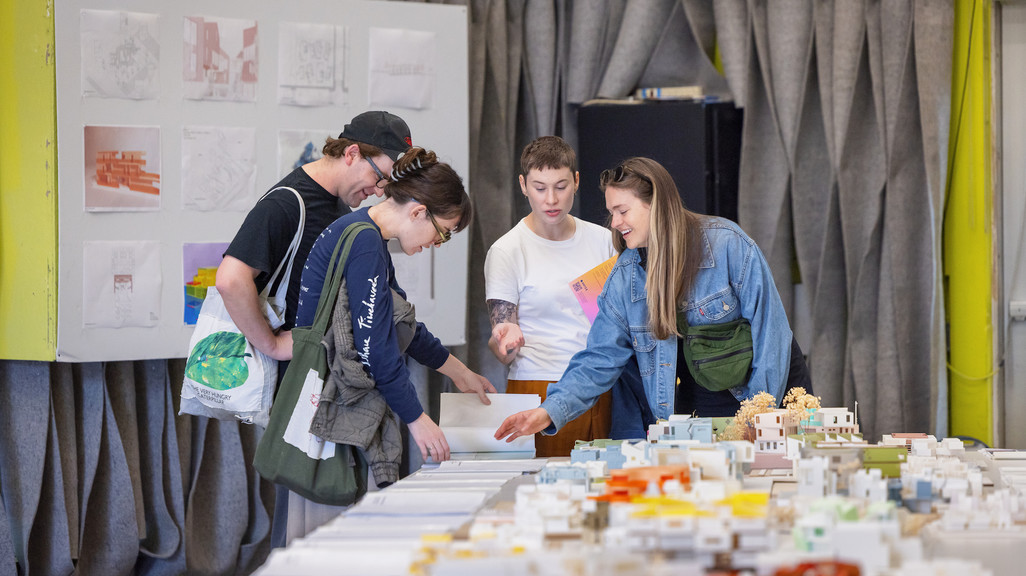
A look back at Rumble 2025
Jul 24, 2025
On Monday, June 9 and Tuesday, June 10, UCLA Architecture and Urban Design celebrated Rumble 2025, the 17th edition of AUD's year-end exhibition. Rumble enfolds year-end reviews within an interactive installation that occupies nearly every space of Perloff Hall. This year, we welcomed over 60 guest jurors to Perloff Hall to observe, critique, and debate the projects and research produced by AUD's students during the 2024-2025 academic year.
Rumble frames AUD's work as a shapshot of architecture and design at this particular moment in time, and as terrain for the exploration of what's to come.
Below is a journey through some of the highlights of Rumble 2025.
MArch Technology Core Studio (First-Year Core): "Housing Los Angeles: Reframing the Dream" (Yara Feghali, with Max Kuo, Narineh Mirzaeian, Miroslava Brooks, and Hallie Black)
This studio dives deep into the challenges of Los Angeles housing. We move beyond traditional design, exploring how architecture can create new ways of living in the city.





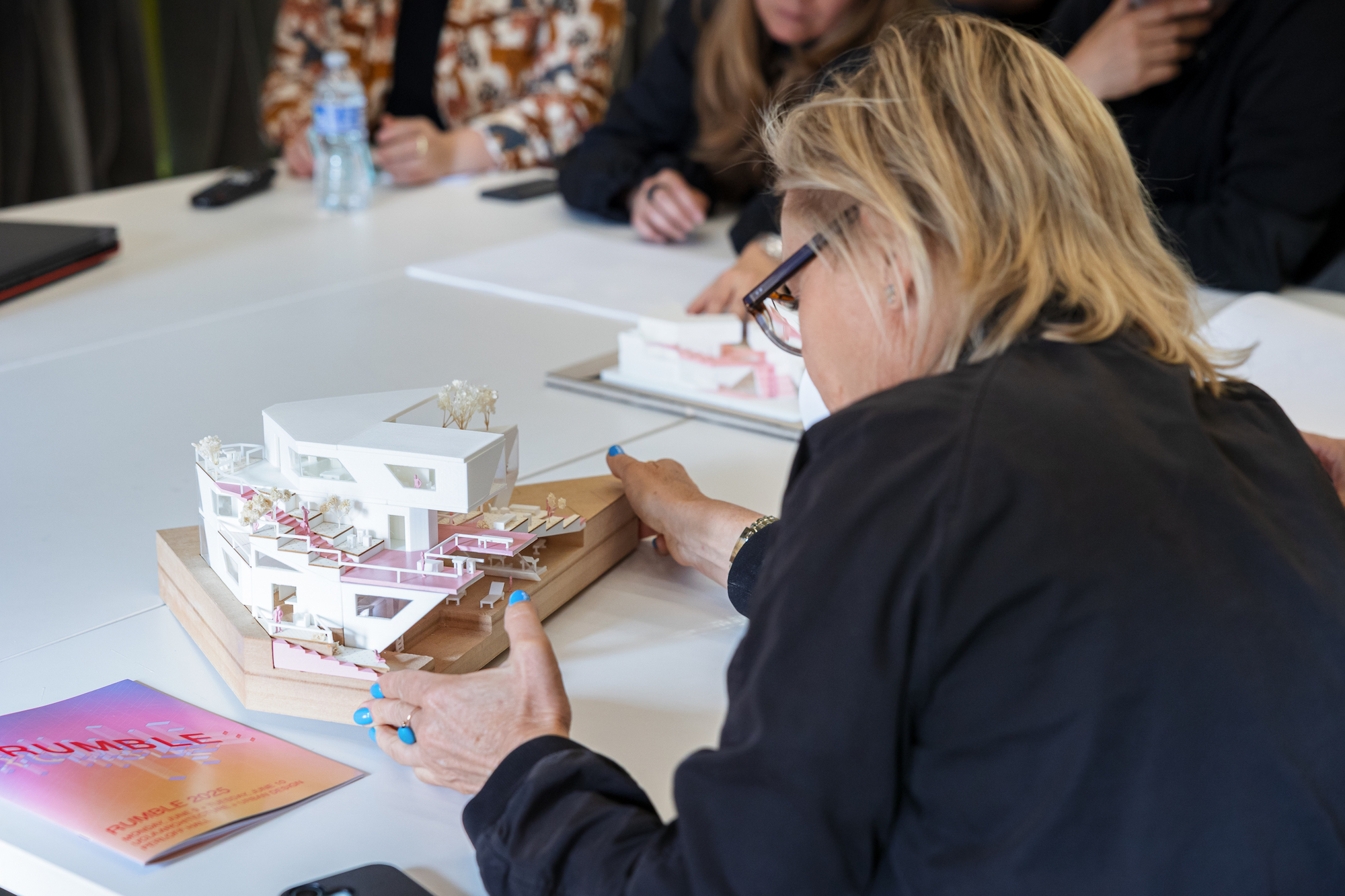

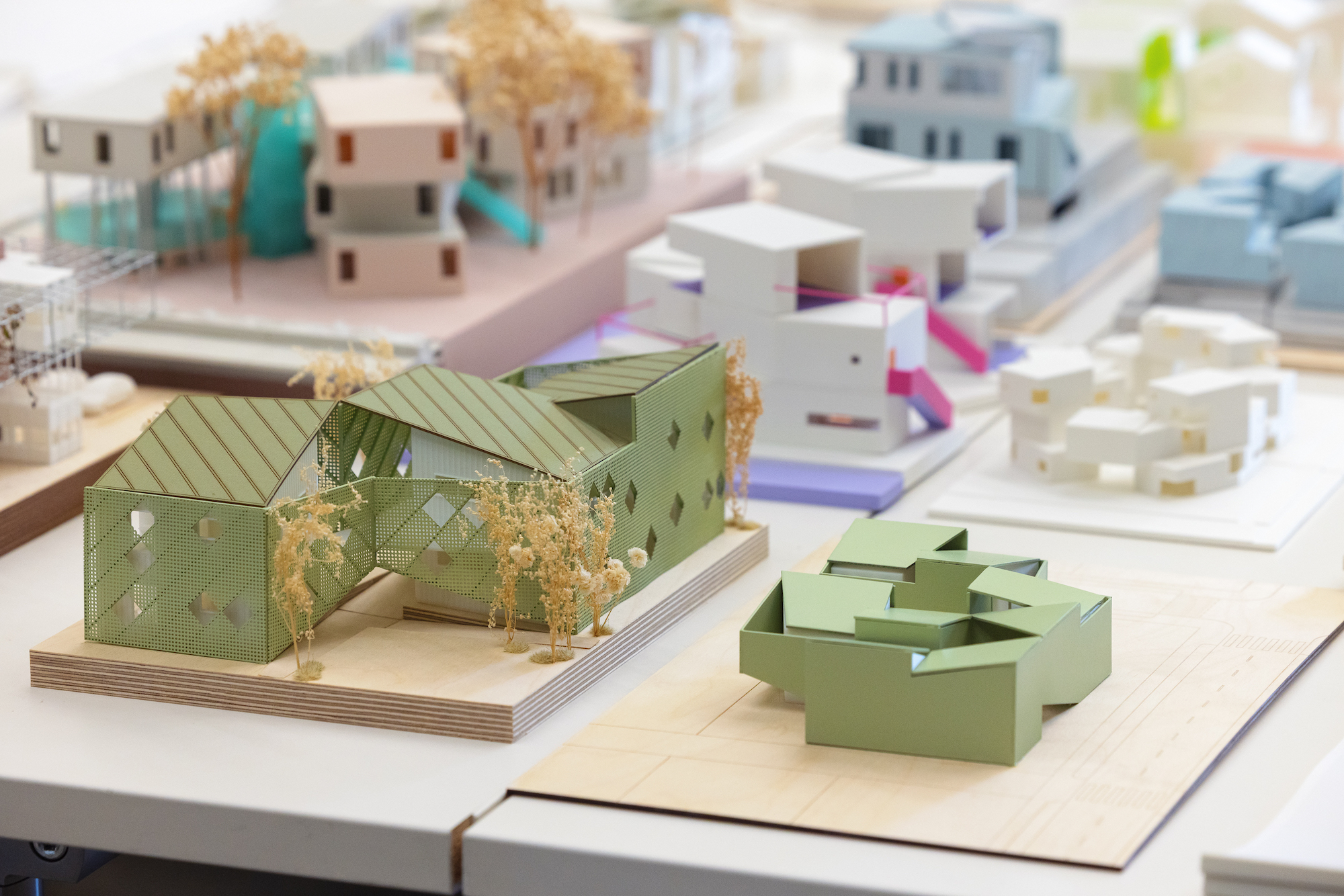
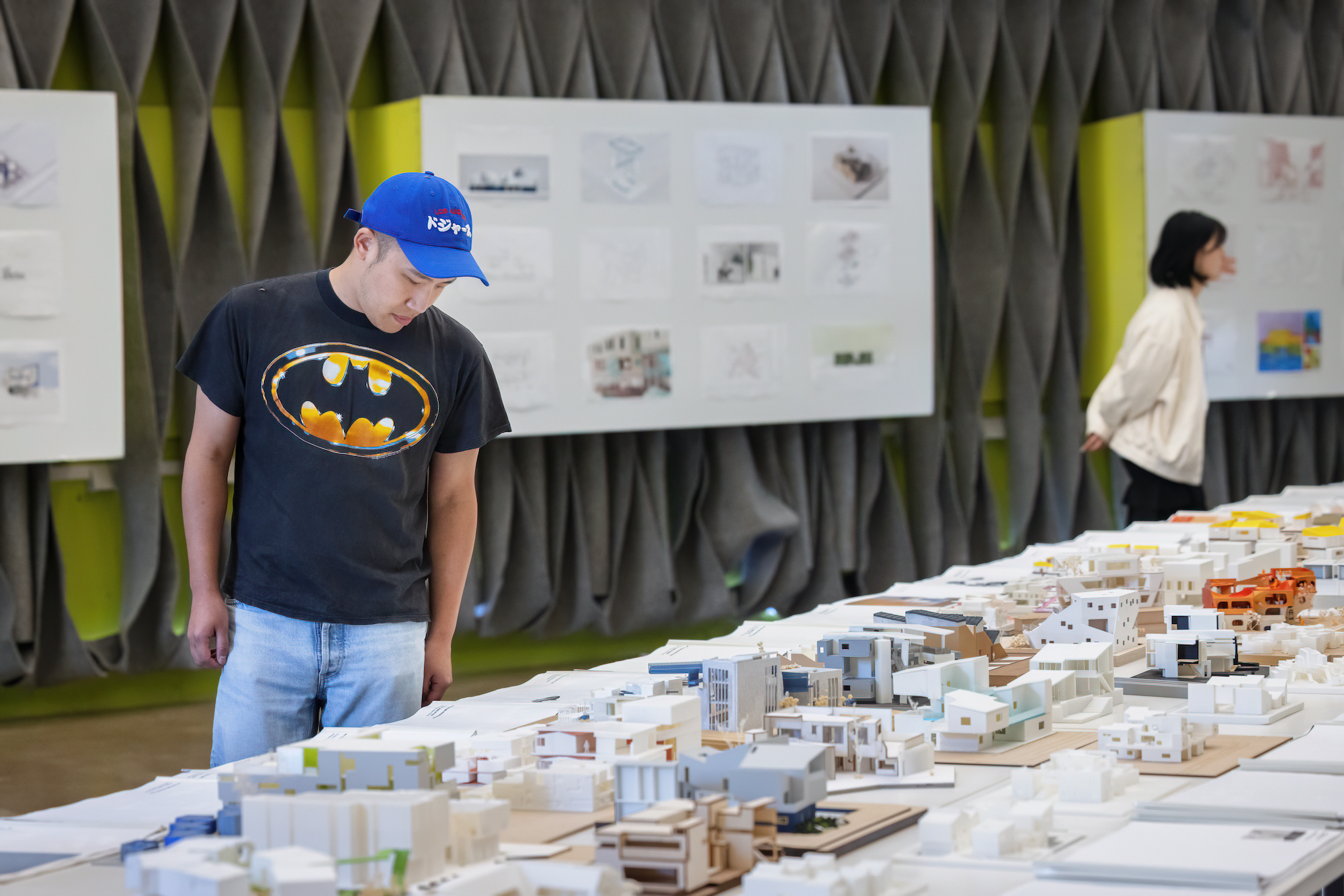

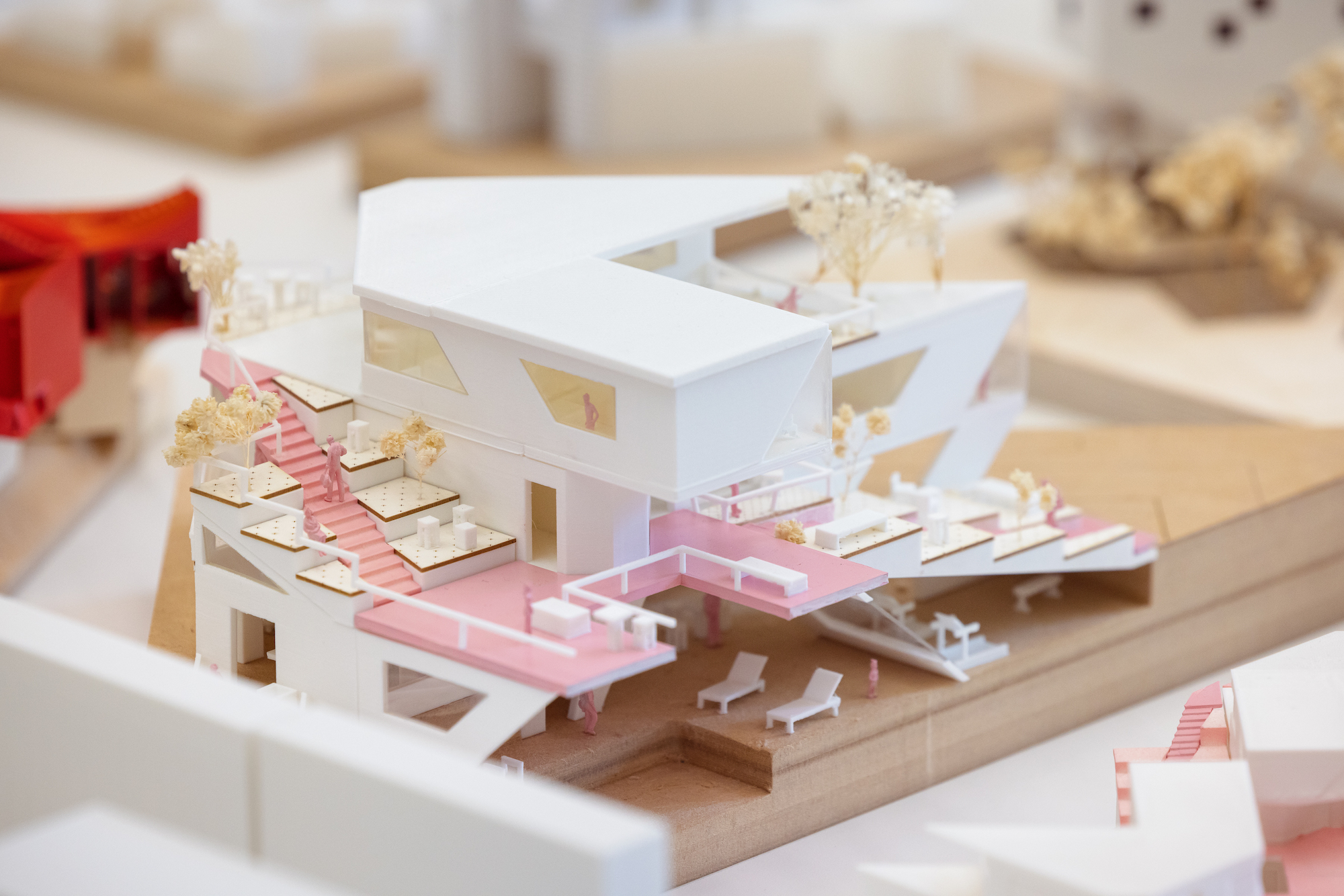





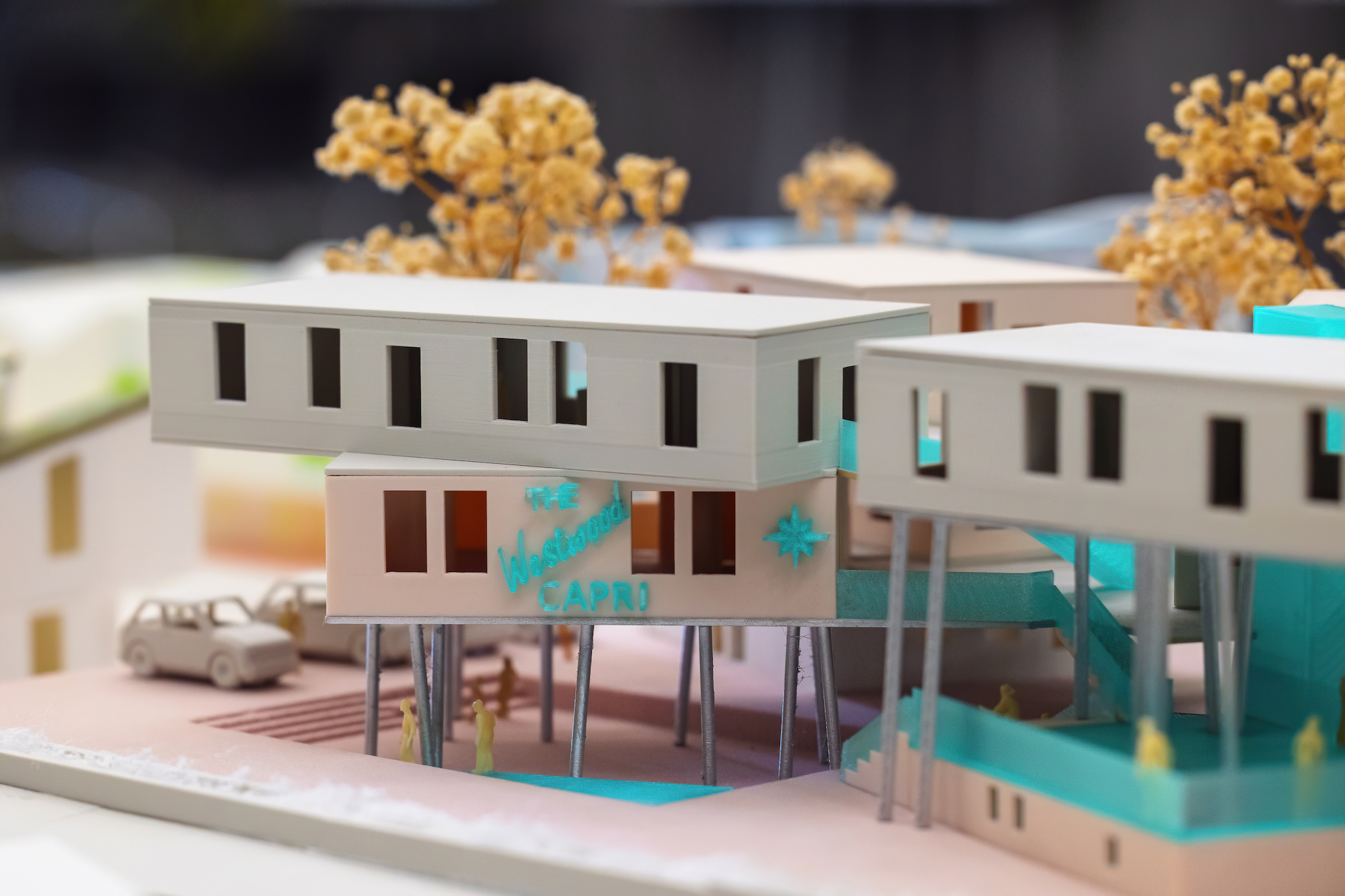






MArch Comprehensive Design Studio (Second-Year Core): "NEXT - CYCLE" (Kutan Ayata, Neil Denari, Mariana Ibañez)
This studio challenges students to develop a position in engaging an existing building/site and to imagine a highly specific and detailed project for its next cycle towards an alternative future


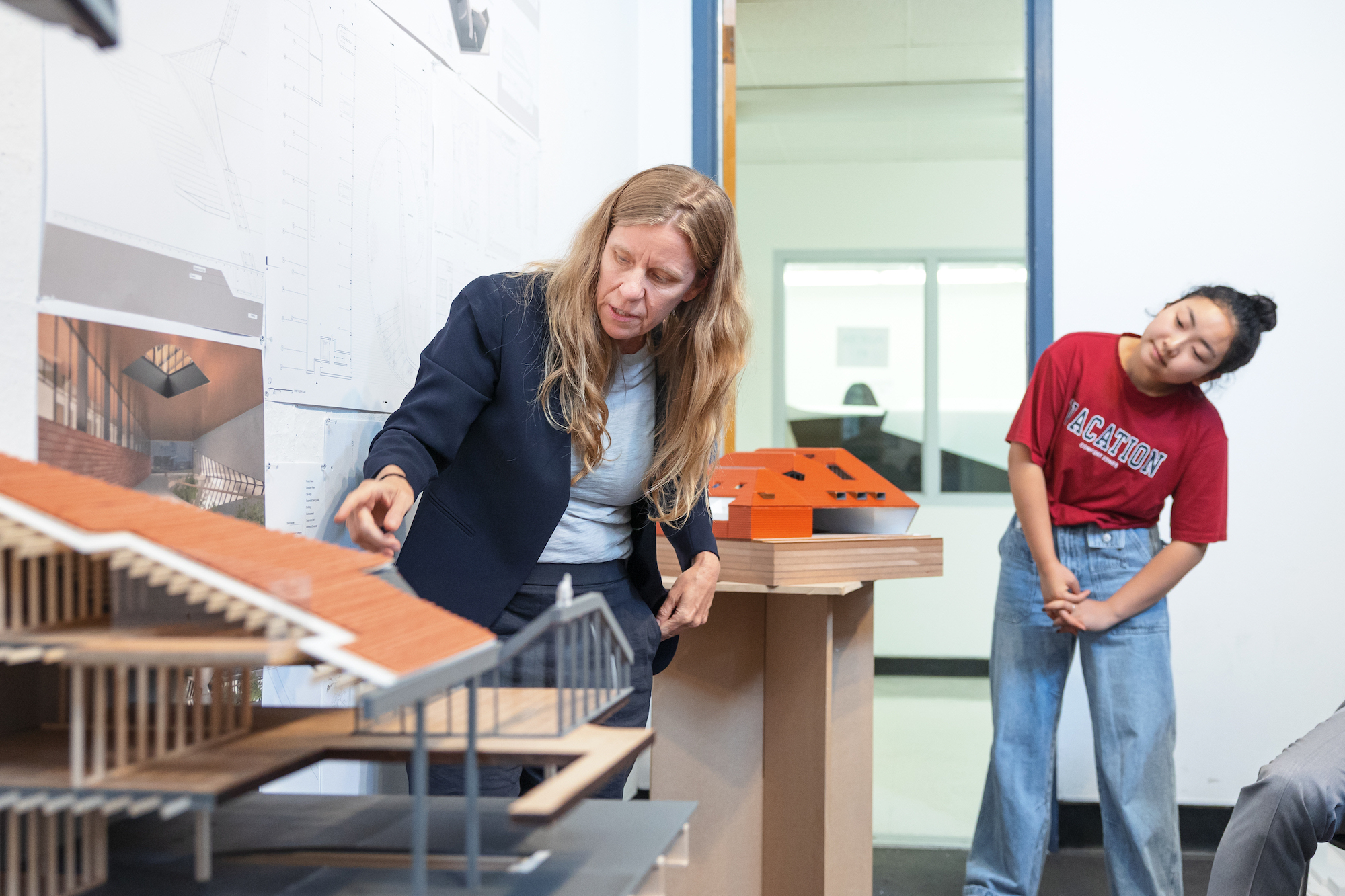





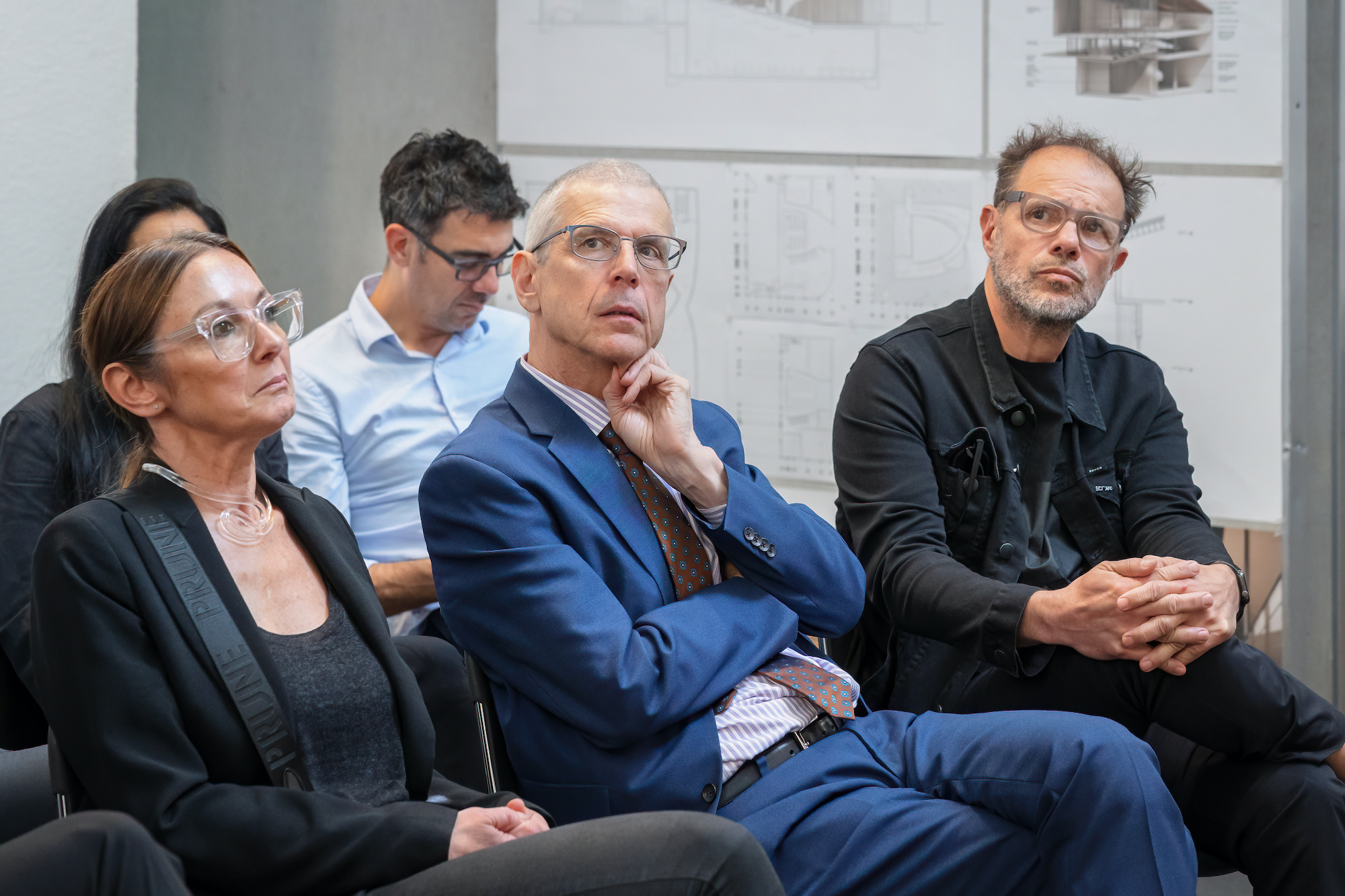

MSAUD Entertainment Studio: "Narrative Engineering: Myth & Machine" (Natasha Sandmeier, Liam Denhamer)
The MSAUD Entertainment Studio explores the intersection of architecture, storytelling, and the moving image. Students engage in speculative worldbuilding, using architectural design as the foundation for immersive narratives that reflect contemporary social, environmental, and technological conditions.


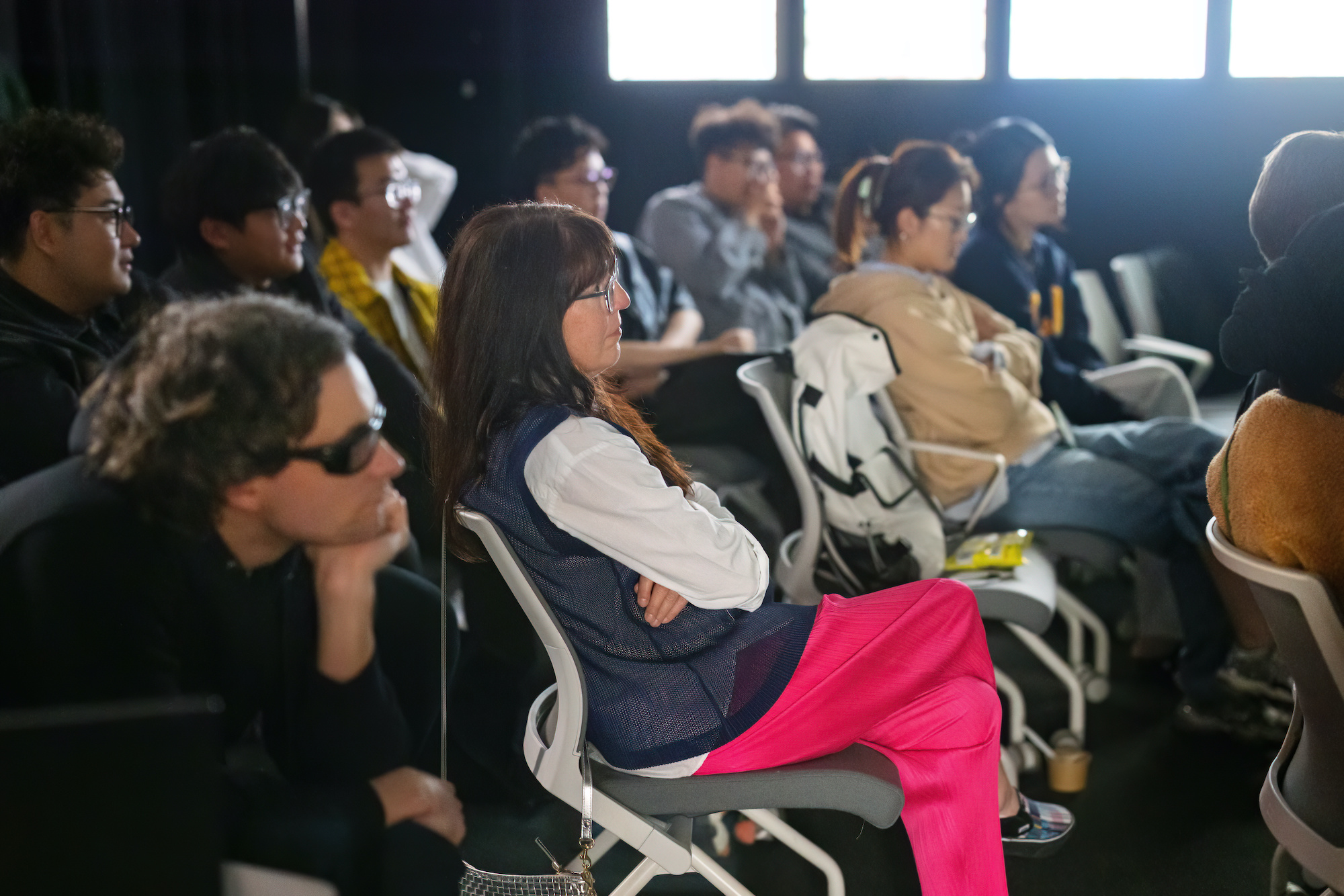
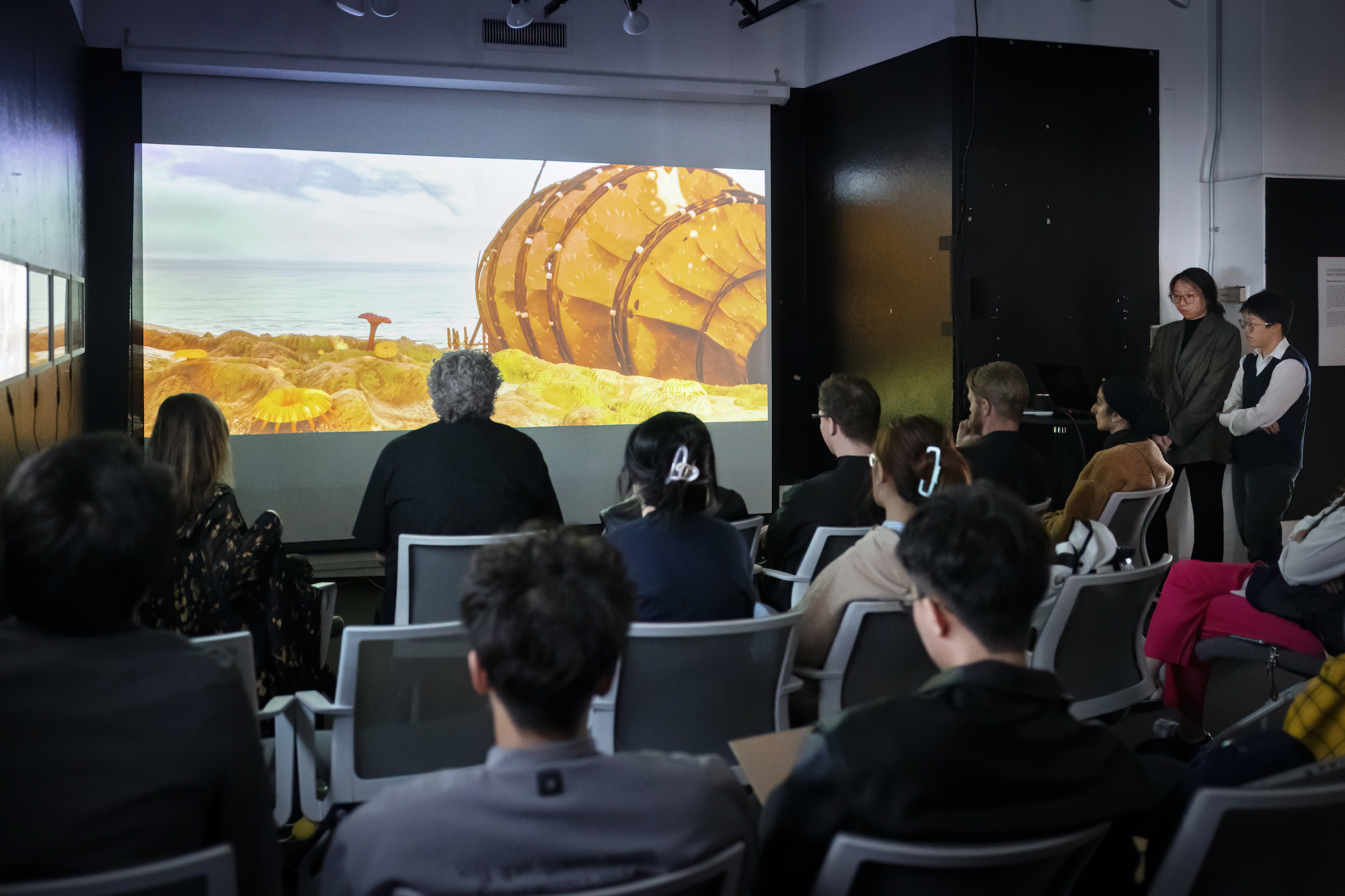

MSAUD Technology Studio: "Arid: Architecture of Absence and Abundance" (Guvenc Ozel, Laure Michelon)
The MSAUD Technology Studio explores architecture at the conversion of material systems, media technologies, and datadriven design, as well as the transformation of built environments into cyber-physical spaces. The 2024-2025 Technology Studio centered on the desert, and Joshua Tree National Park, as a context for radical experimentation–technologically, materially, and culturally.



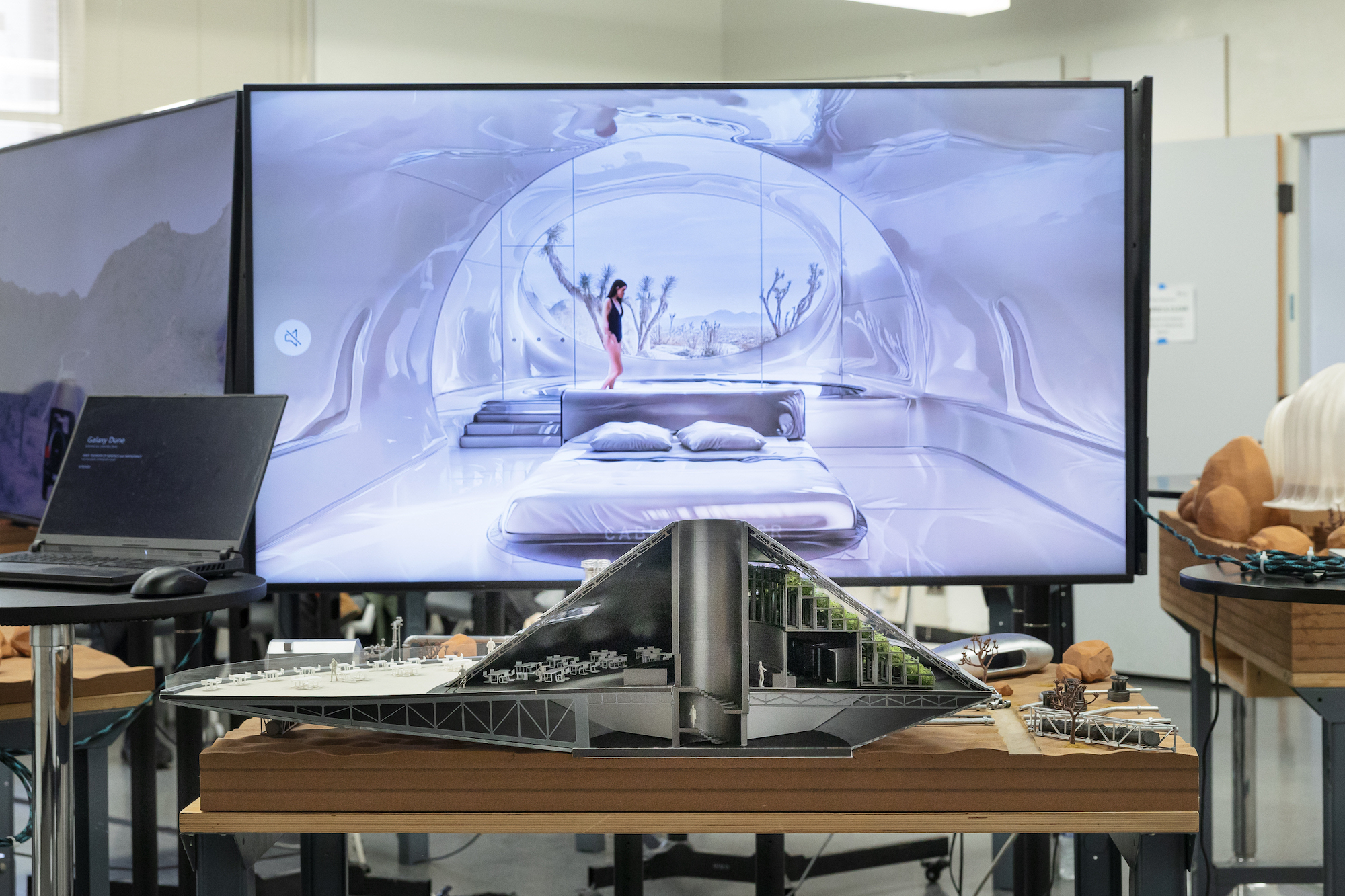


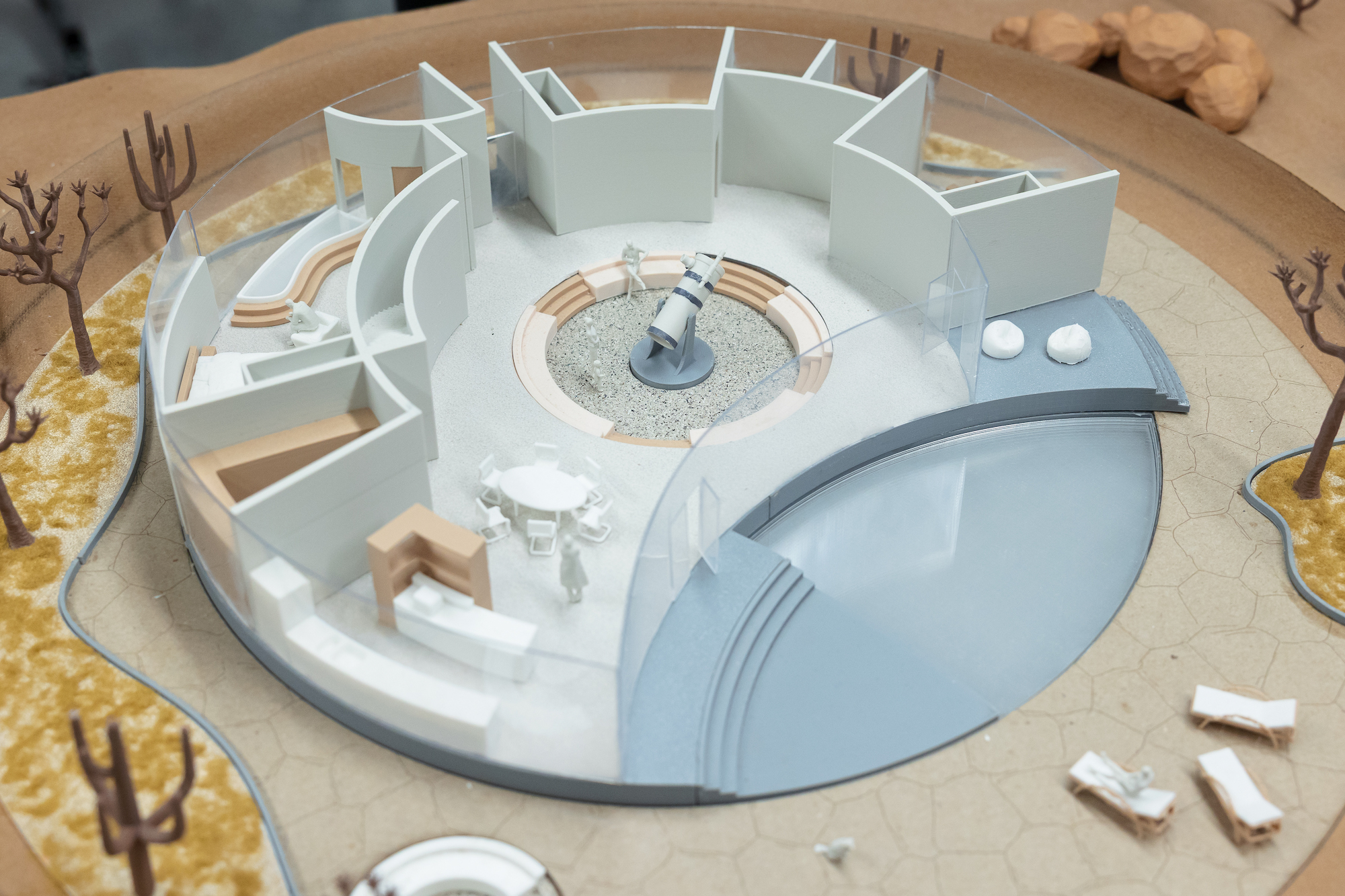

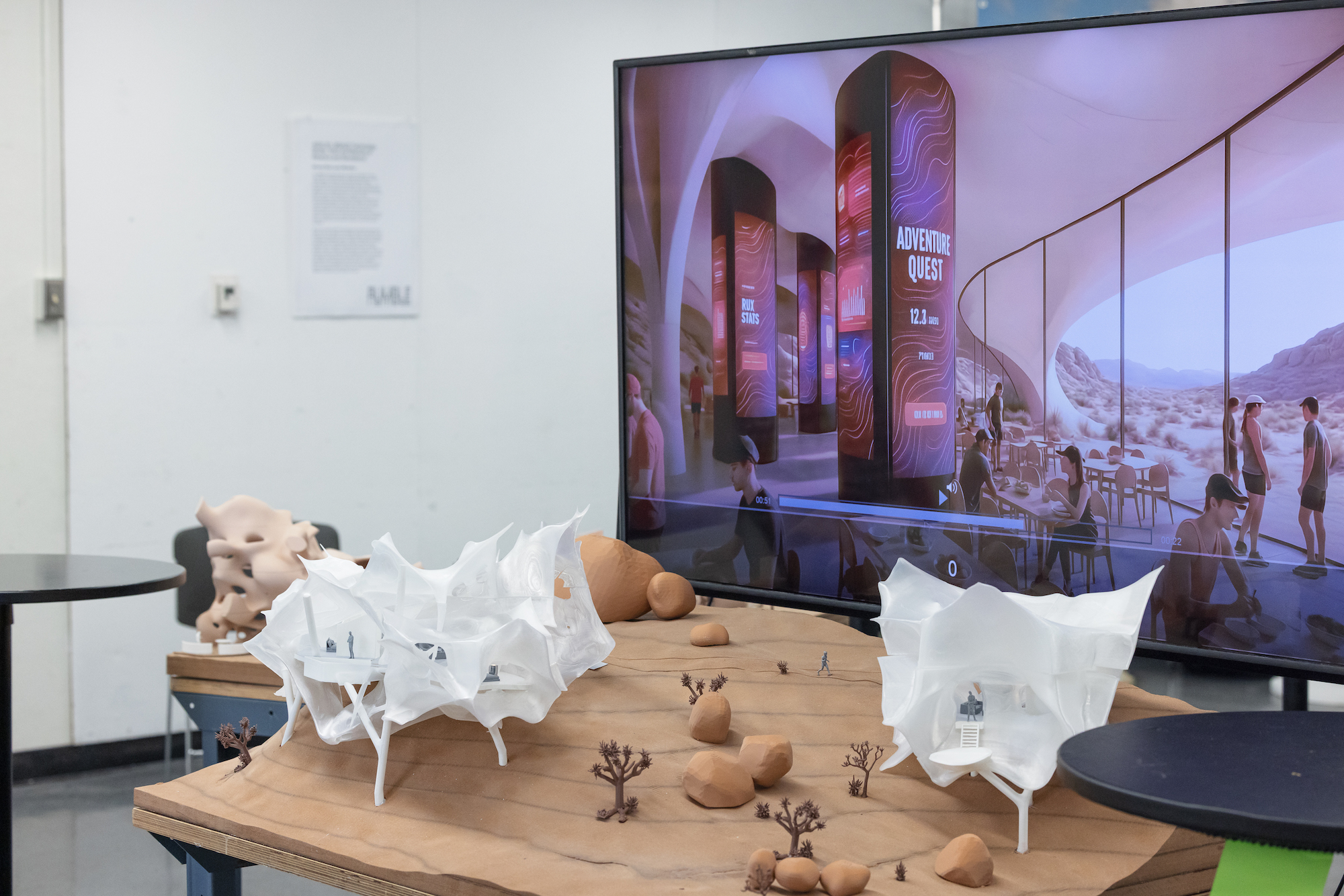



Research Studio: "Fit for the Future 3.0" (Julia Koerner)
This year-long research studio–now in its third iteration–investigates the relationship of fashion and building skins, and researches how buildings of the future can have skins that are performative and are 3D-printed with innovative, sustainable materials.



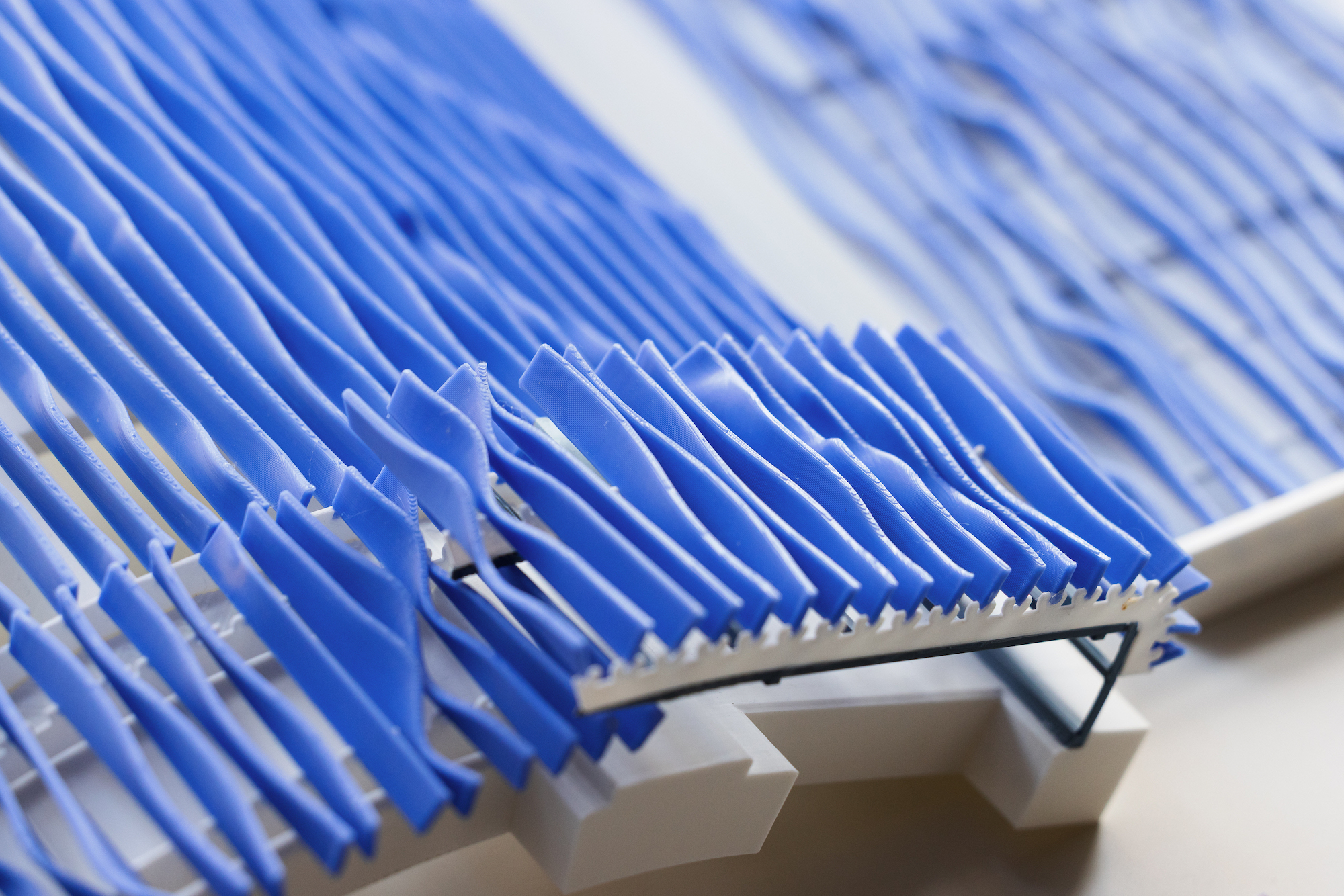


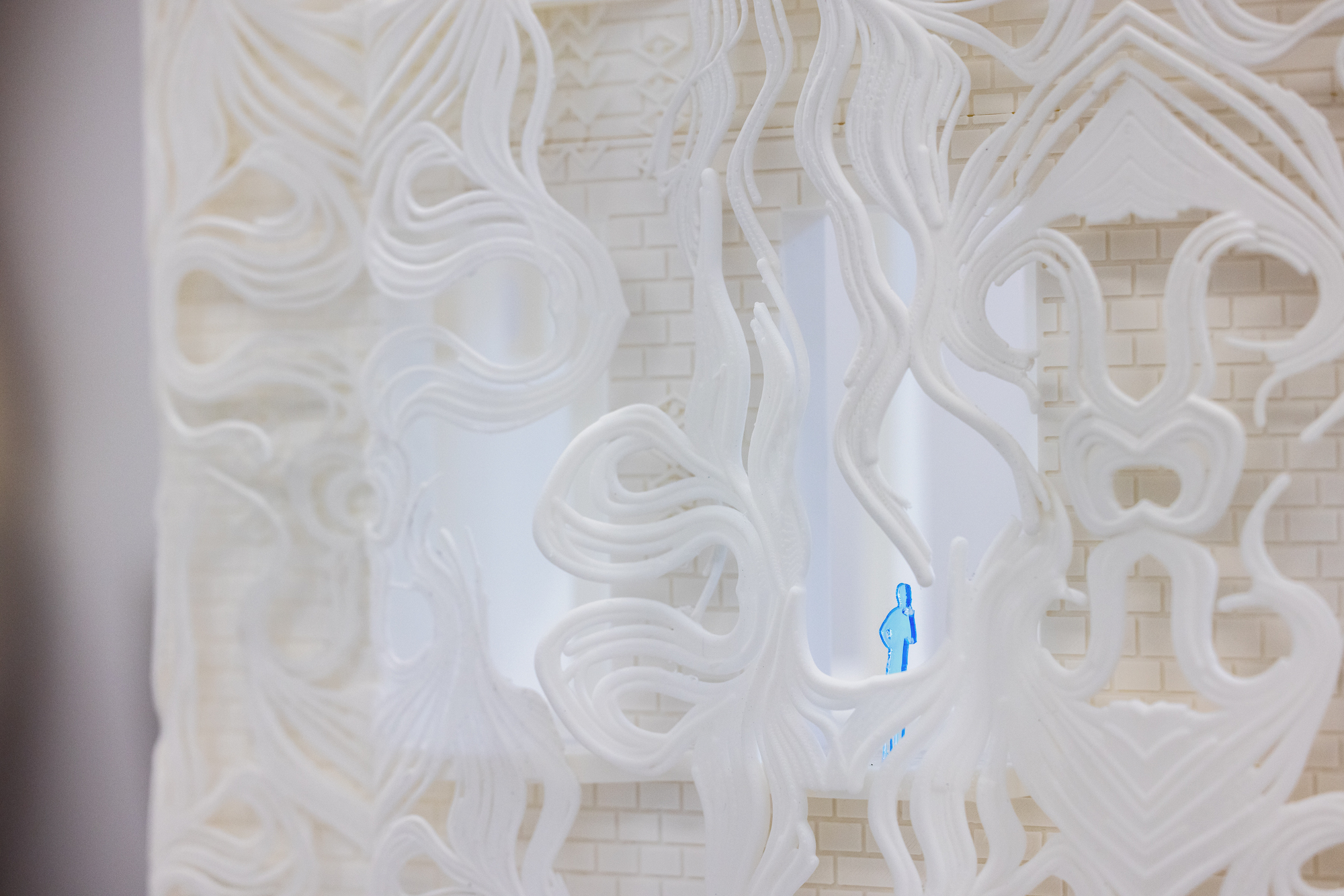








Research Studio: "Design with an Explicit Statement of Mission & Vision" (Greg Lynn)
A mission or vision statement is not a vague platitude. These are articulations of unique competence and measurable goals. The Fall 2024 and Winter 2025 quarters of Professor Lynn's Research Studio focused on the formation of critical architectural concepts with clear, measurable consequences. In the Spring 2025 quarter, each student completed the design of a building with relevant comprehensiveness regarding identity, functional activities, structure, materials, spatial qualities, civic presence, energy systems, method of construction, and cultural conversation.
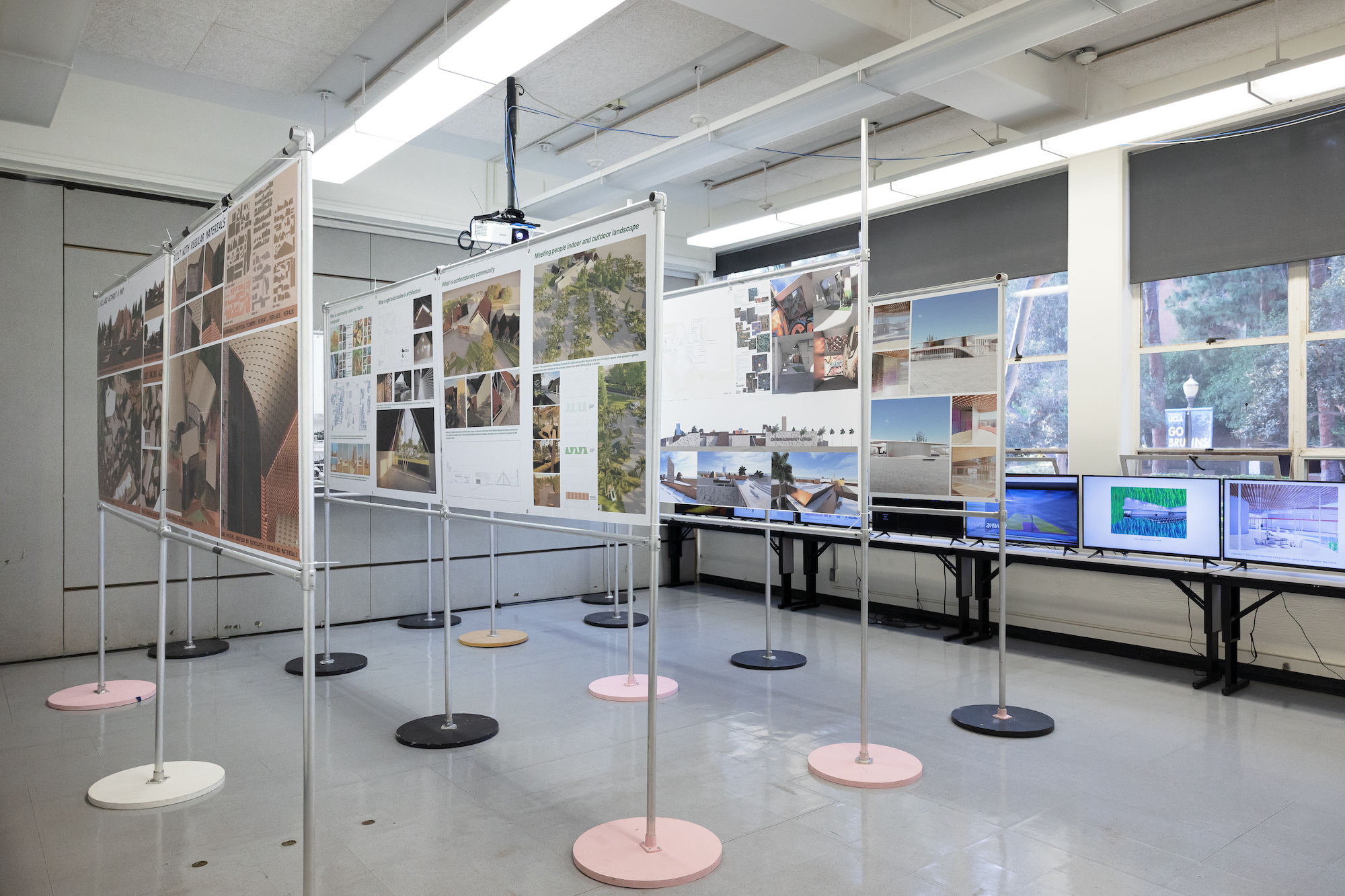
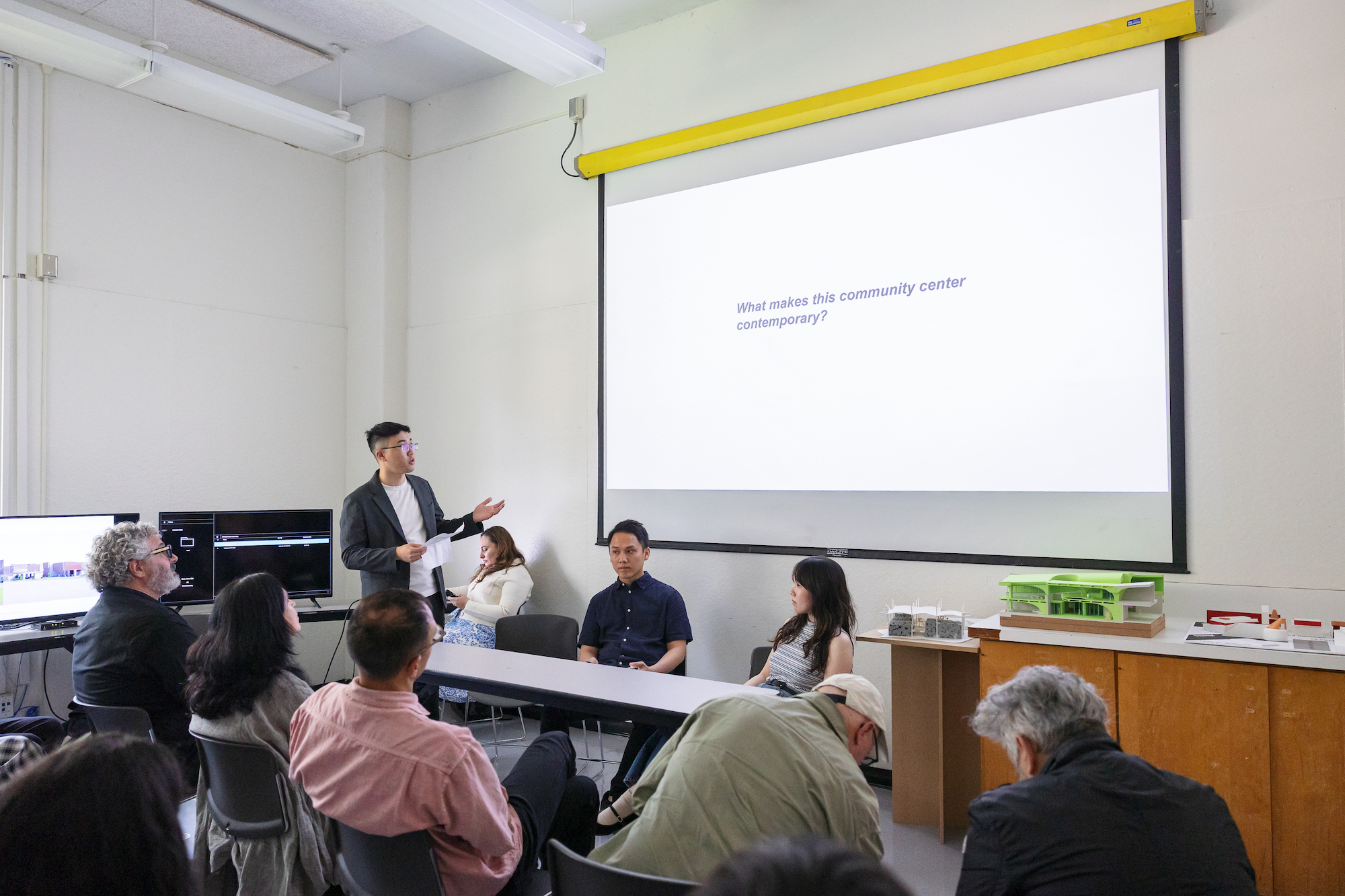
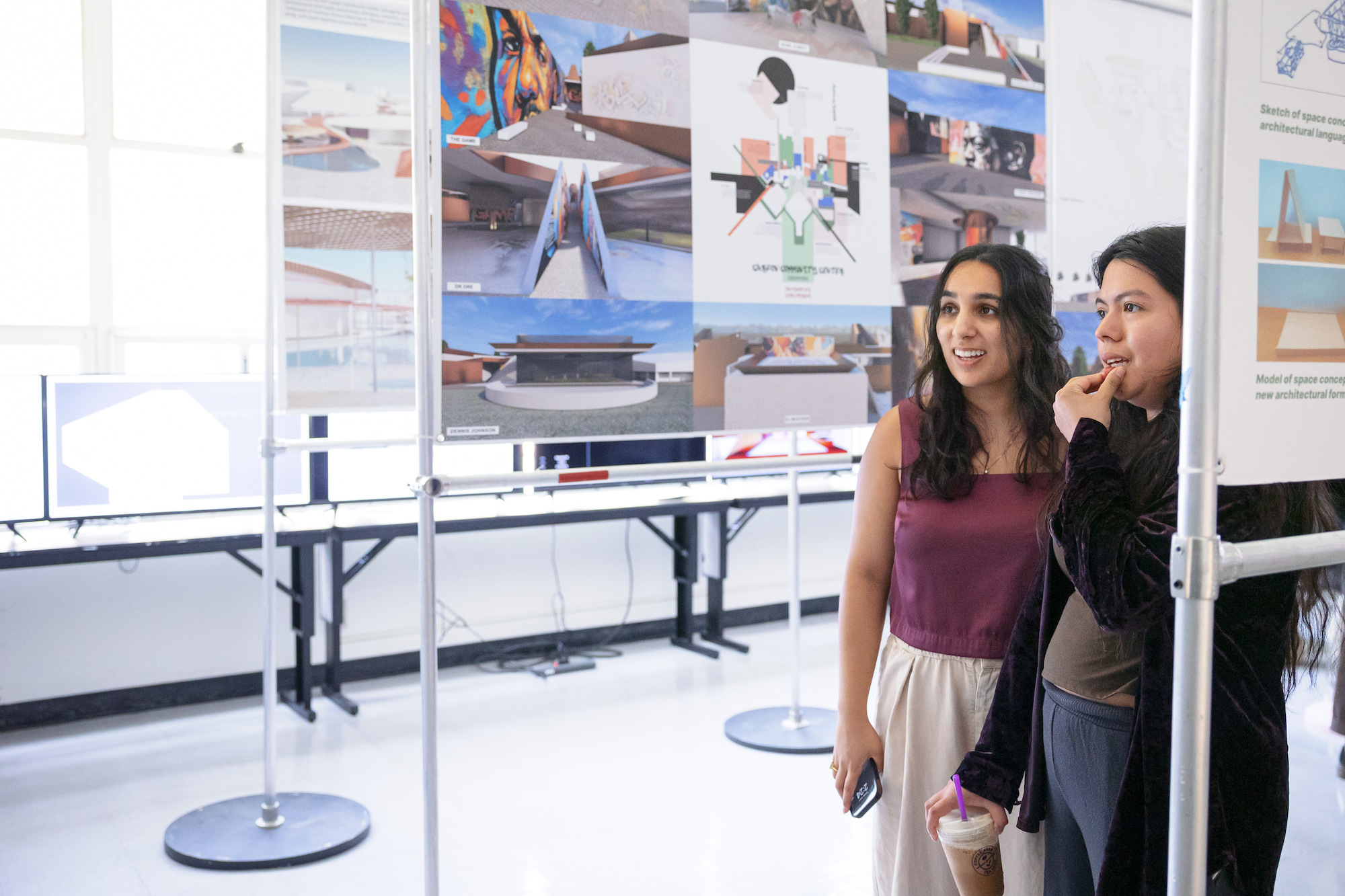


Undergraduate Senior Studio: Off-Campus Living (Benjamin Claus Freyinger)
This studio is focused on the adaptive re-use of commercial buildings for newly designed co-living arrangements. The intended program is a 60,000 square foot cooperative living dormitory and learning facility.





Research Studio: "Saline Dreams: Learning from Owens Lake" (Jason Payne)
This research studio involves the engineered ecology and resultant aesthetic implications of the Los Angeles Department of Water and Power’s (LADWP) Dust Mitigation Project at Owens Lake, a large site in eastern California of major environmental, historical, political, and infrastructural significance



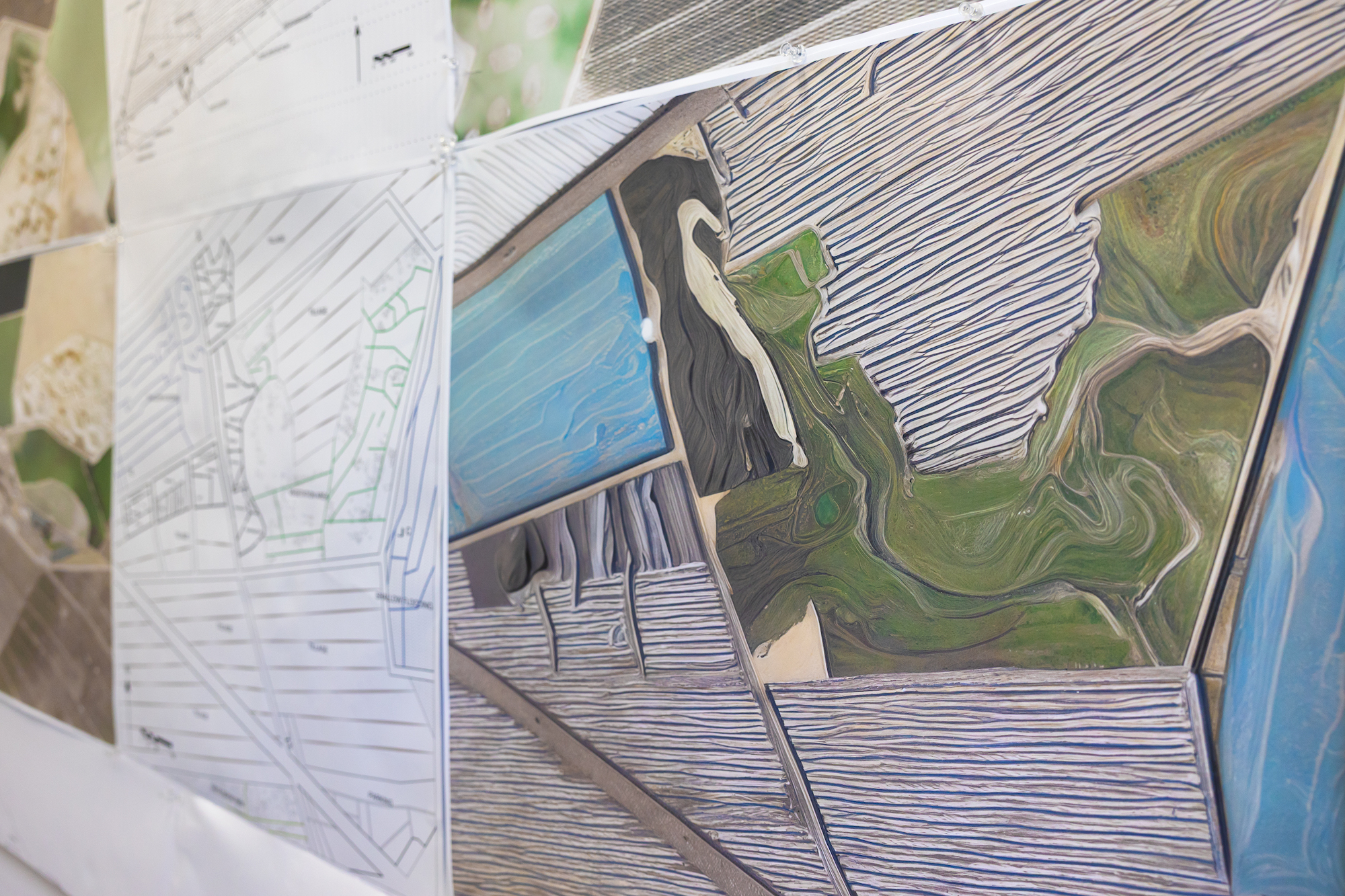


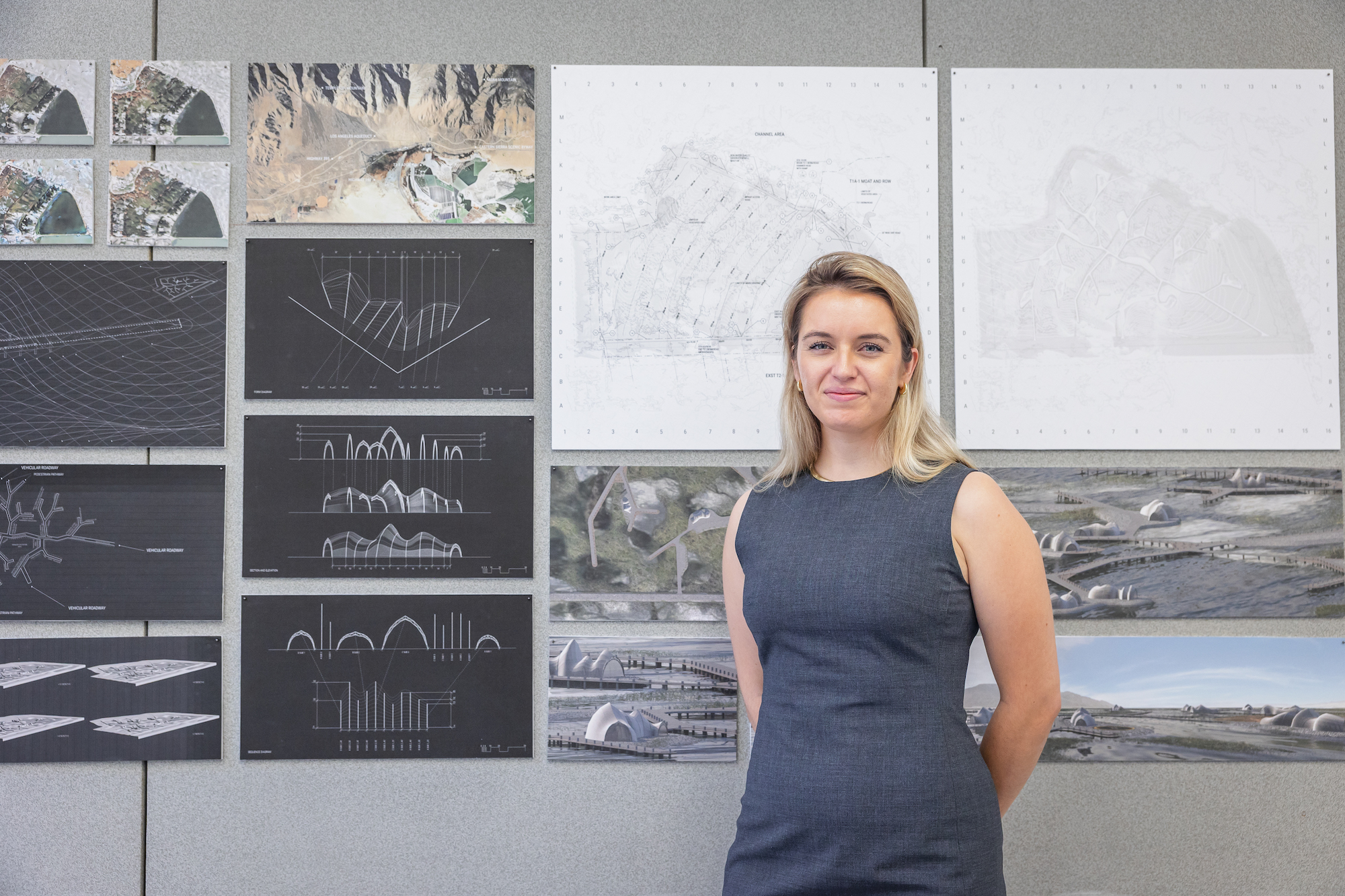


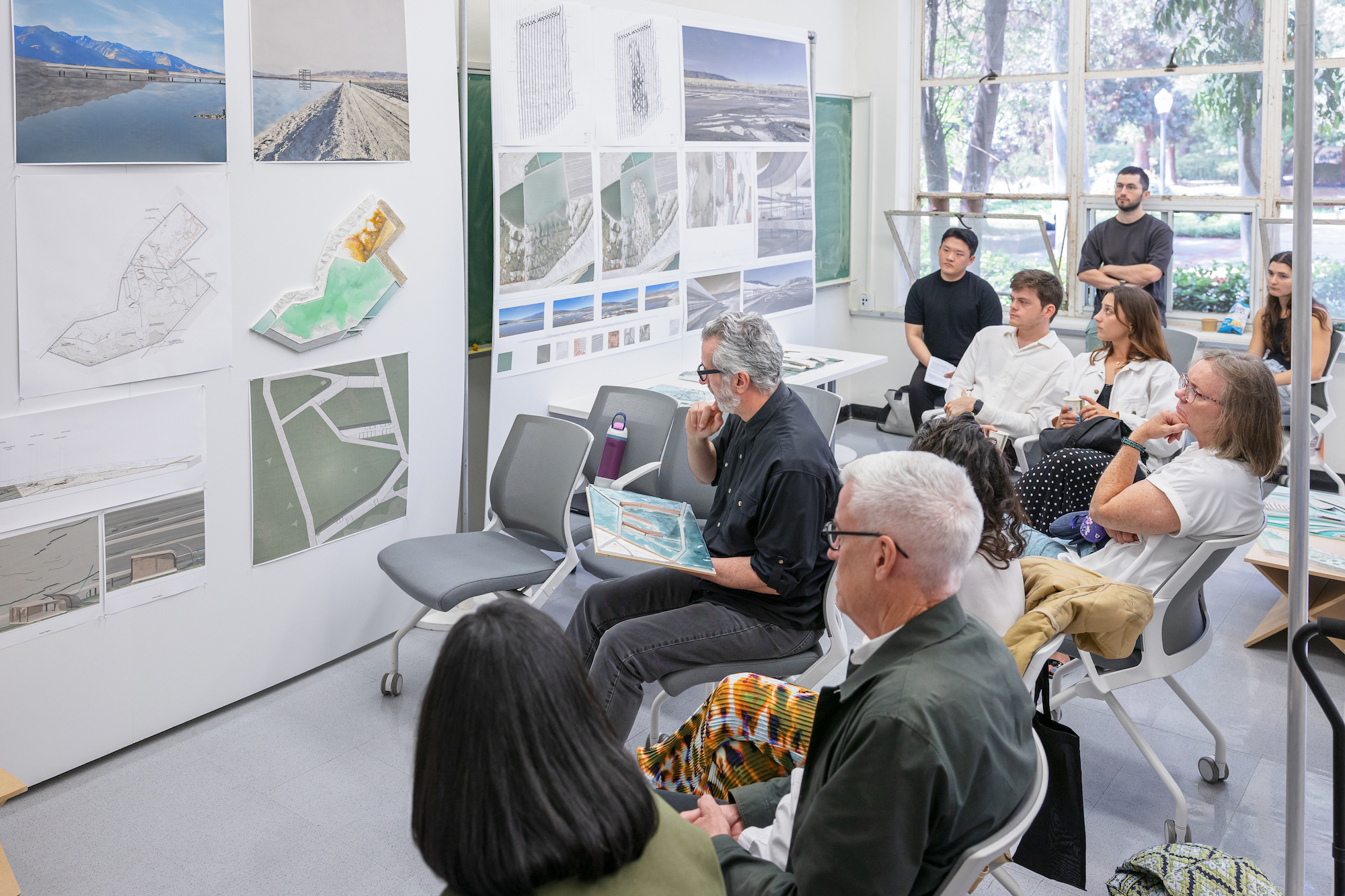
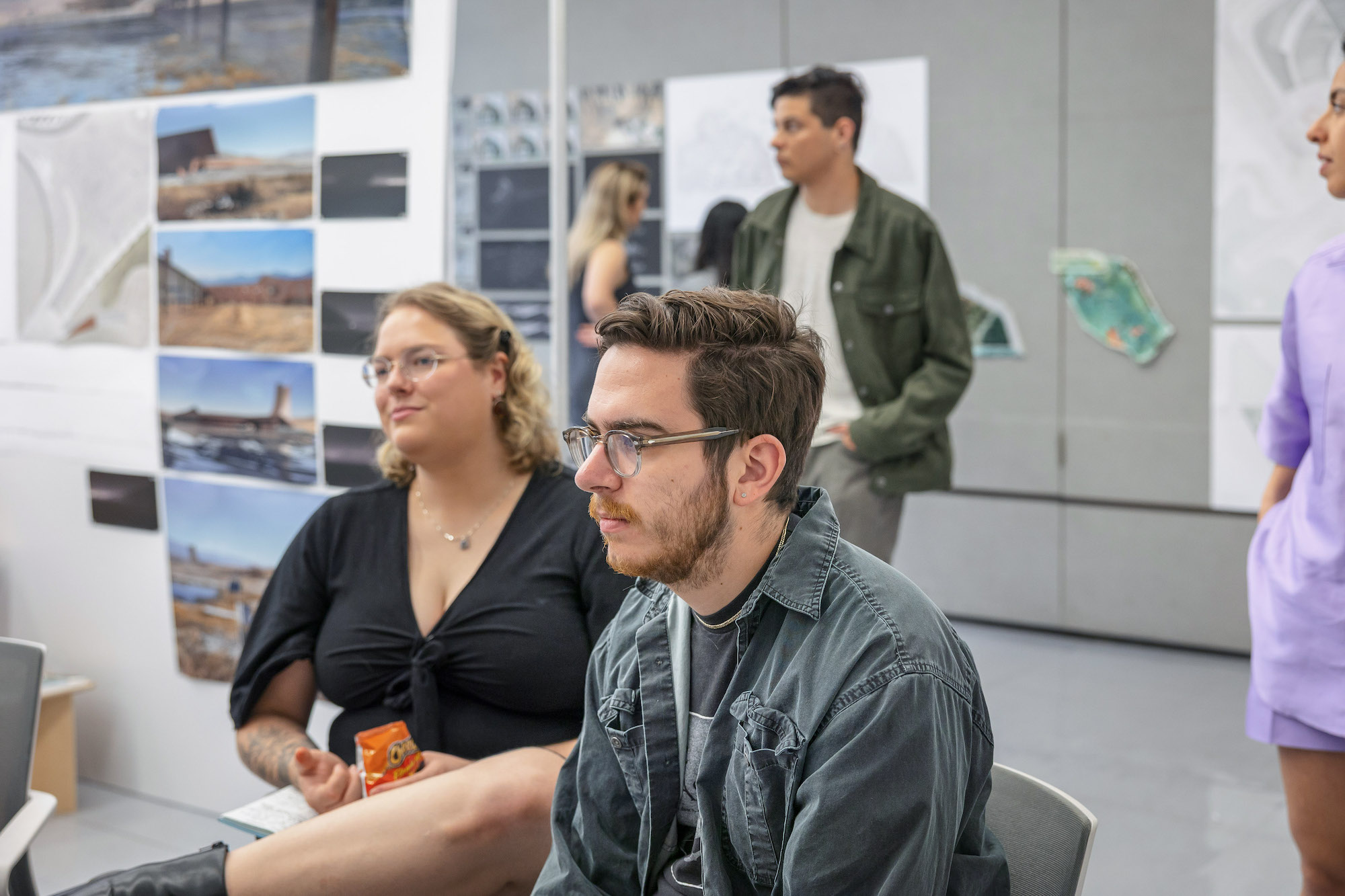
Research Studio: "Place of Shared Experience: Multicultural Transformation of the Tea Ceremony" (Hitoshi Abe)
This studio studied the traditional Japanese tea ceremony in a non-Japanese cultural context, and through the process of designing and studying its transformation, attempted to treat space, tectonics, tools, human action, ritual, and spirituality as one continuous design.
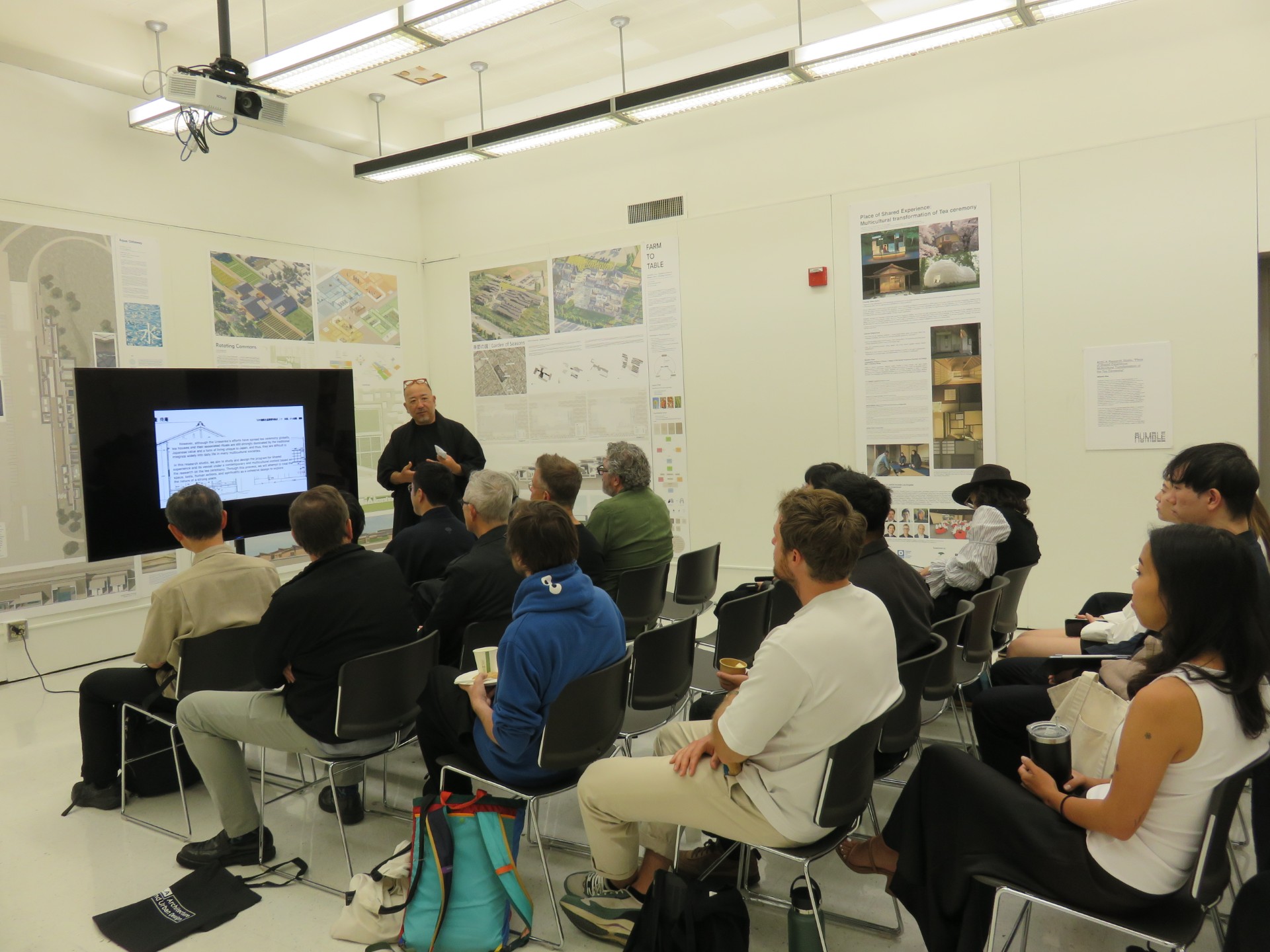
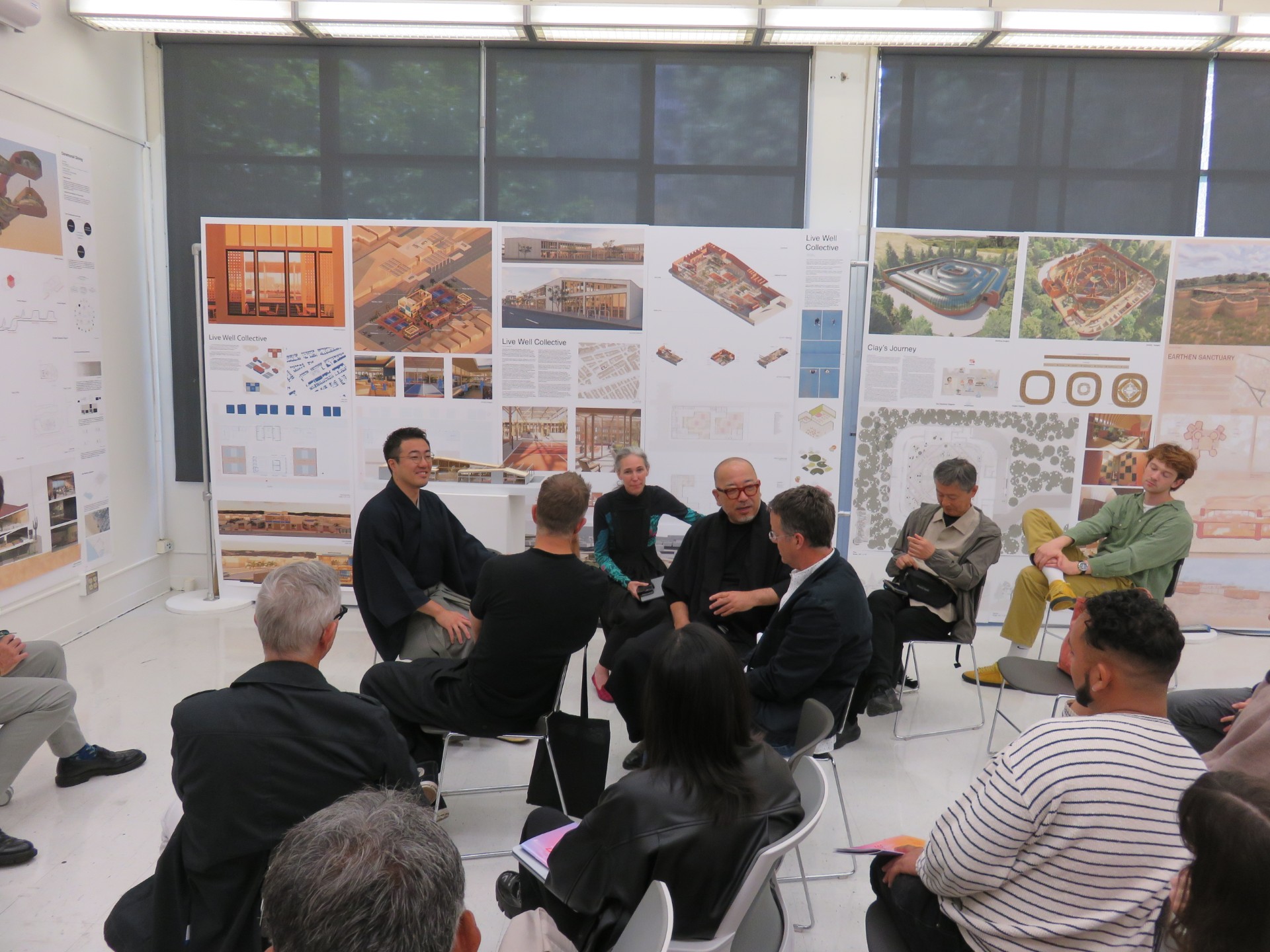
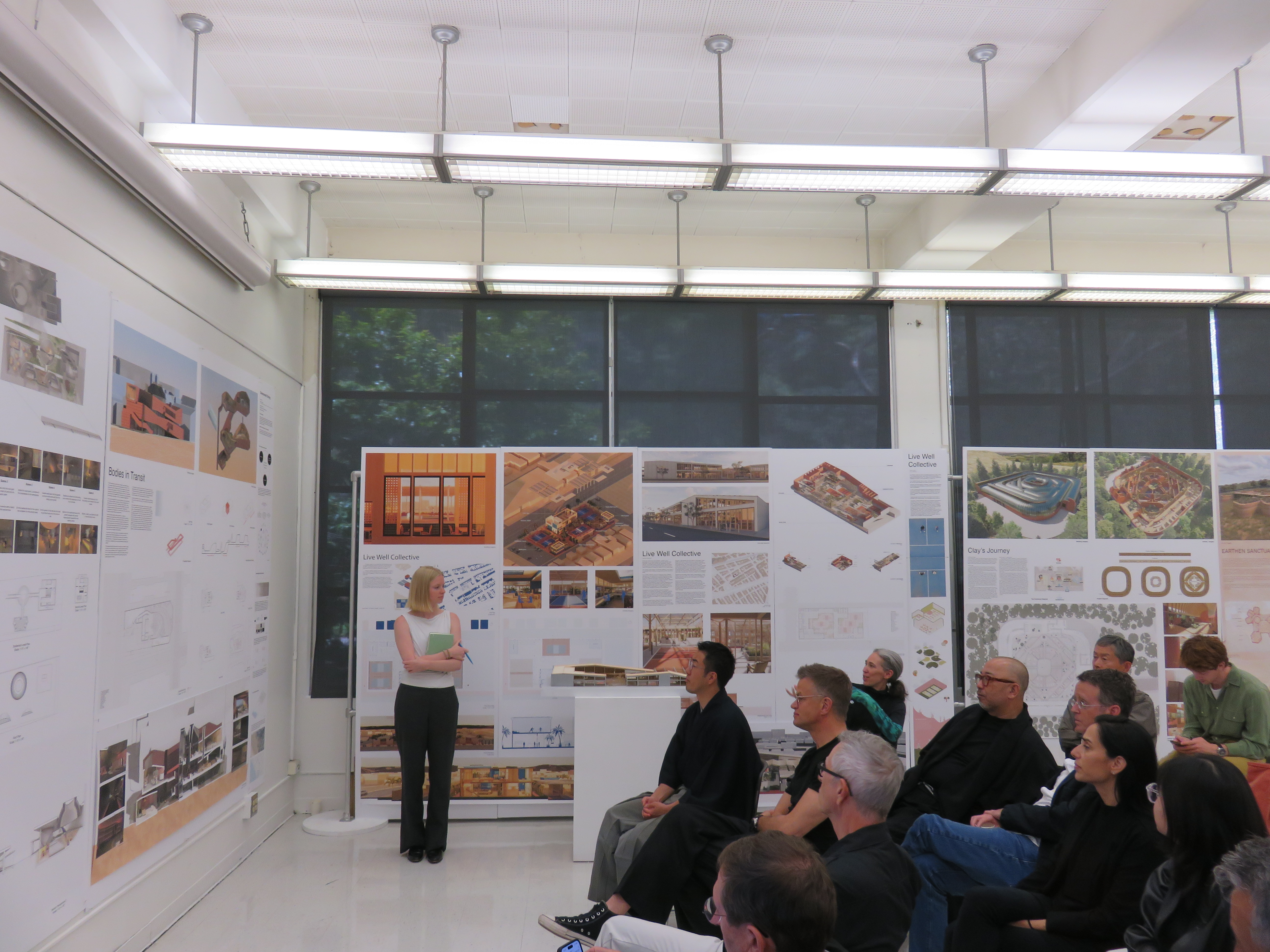


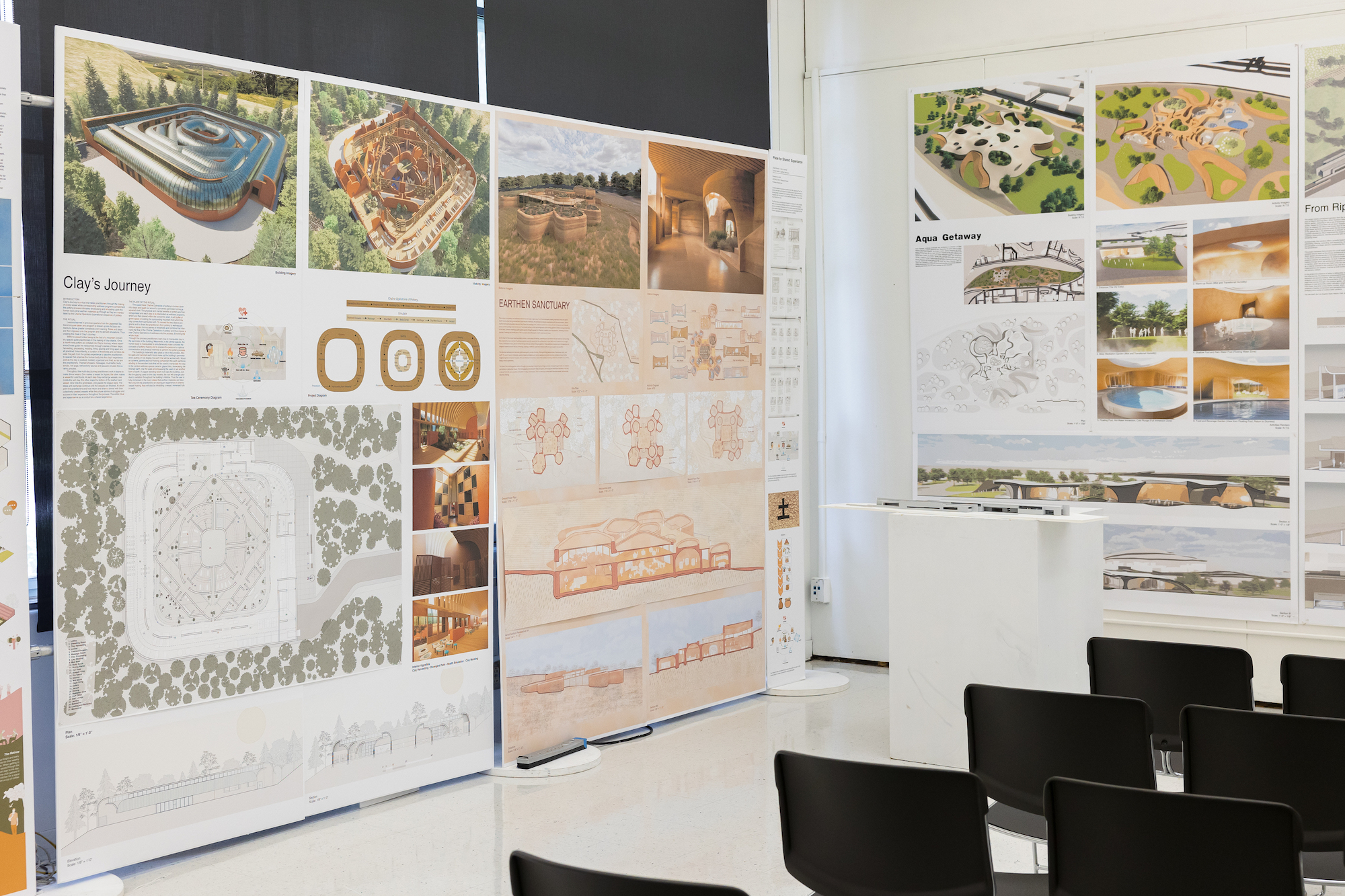


Research Studio: "Sea Ranch: Building with Extremes" (Jeffrey Inaba, Tucker van Leuwen-Hall)
The studio proposes a new master plan that lowers the chances of wildfire, and that allows Sea Ranch to thrive–to bridge together humans and nature in its next evolution, as the region experiences extreme weather during future decades








